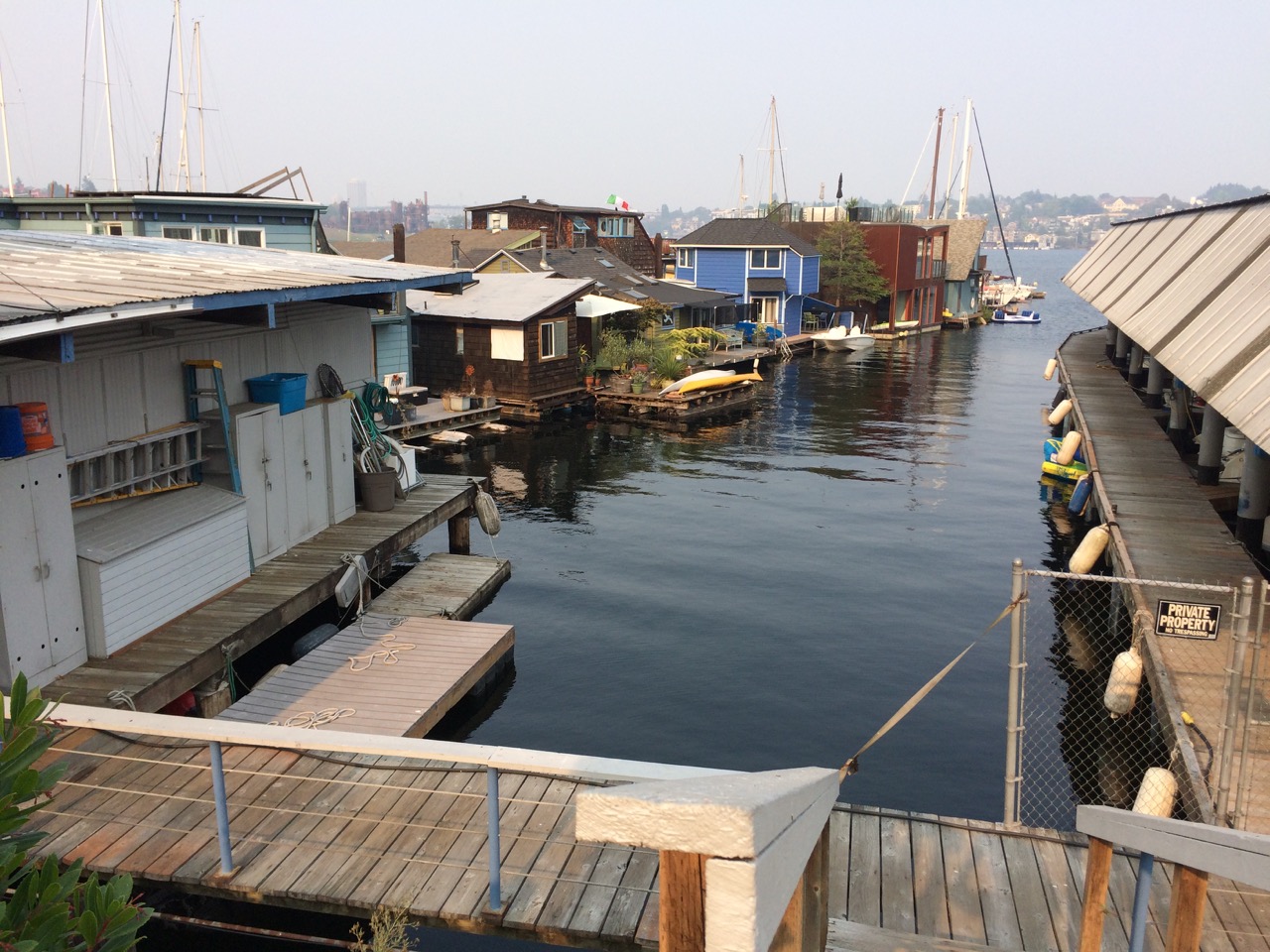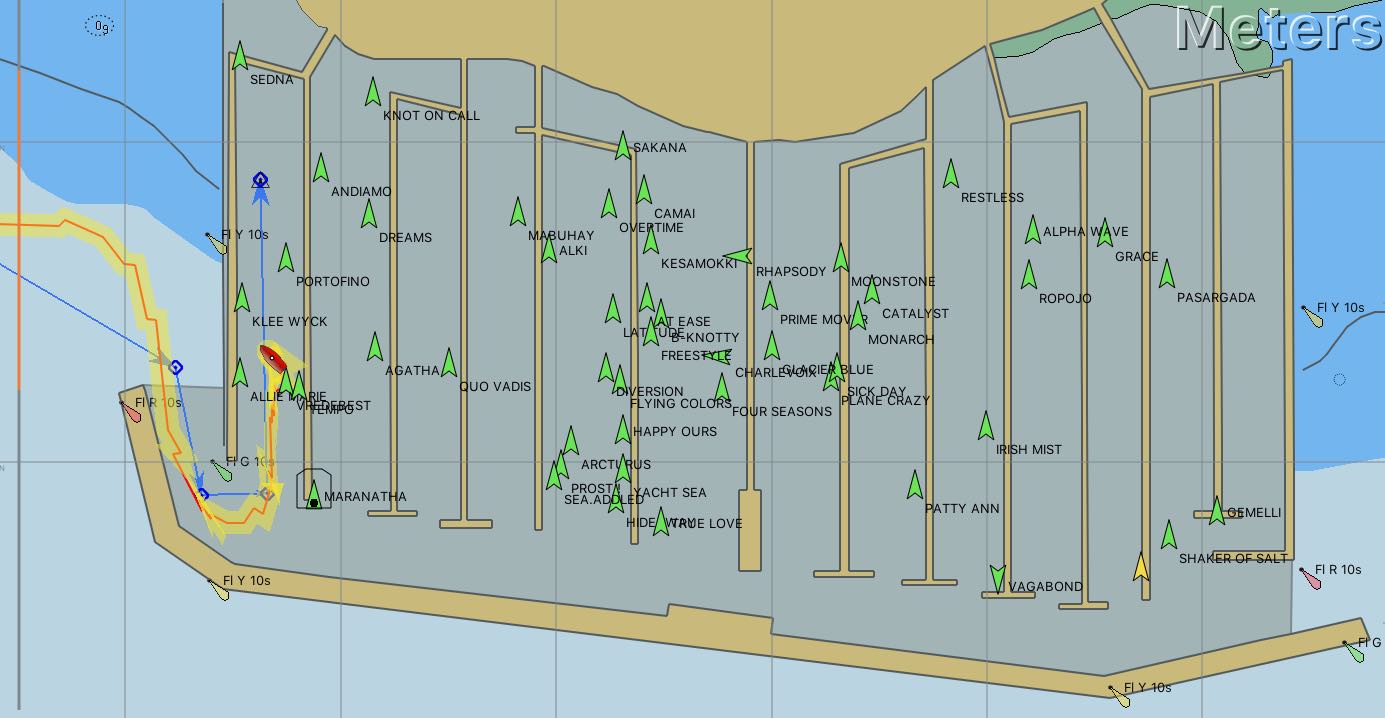I knew we were in for some lively company when Paul called down to ask if I was decent because we had company, and I heard a rich Canadian voice loudly respond ‘can’t I wait until she’s not!’ Two young guys stumbled on board, one of them literally, cursing when he caught his foot on the side deck shackle after taking his shoes off. Down the steps and into the cabin came Keith and Frank who had been on a Friday afternoon drinking session at the marina pub before returning to their respective boats near to ours in French Creek Harbour. Admiring Sister Midnight, they’d got talking to Paul about our journey and were interested to look inside the boat that had crossed the Pacific. They proved to be entertaining company, recommended some places to visit and told us about their boats. Keith had (we think he’d inherited it) a huge motor launch that he’d been trying to sell with little success. Frank (a fisherman, his boat stern to stern with ours) told us he’d been trying to persuade Keith to keep it. He’d told him of the fun they could have on it and how it was big enough to host some great parties. These guys loved to party from the stories we heard and would have no doubt loved it if we’d hosted one then and there but sadly we had places to go. After answering all their questions about the trip and asking a few of our own regarding the nearest shops, they sloped off, presumably to sleep away the rest of the afternoon.
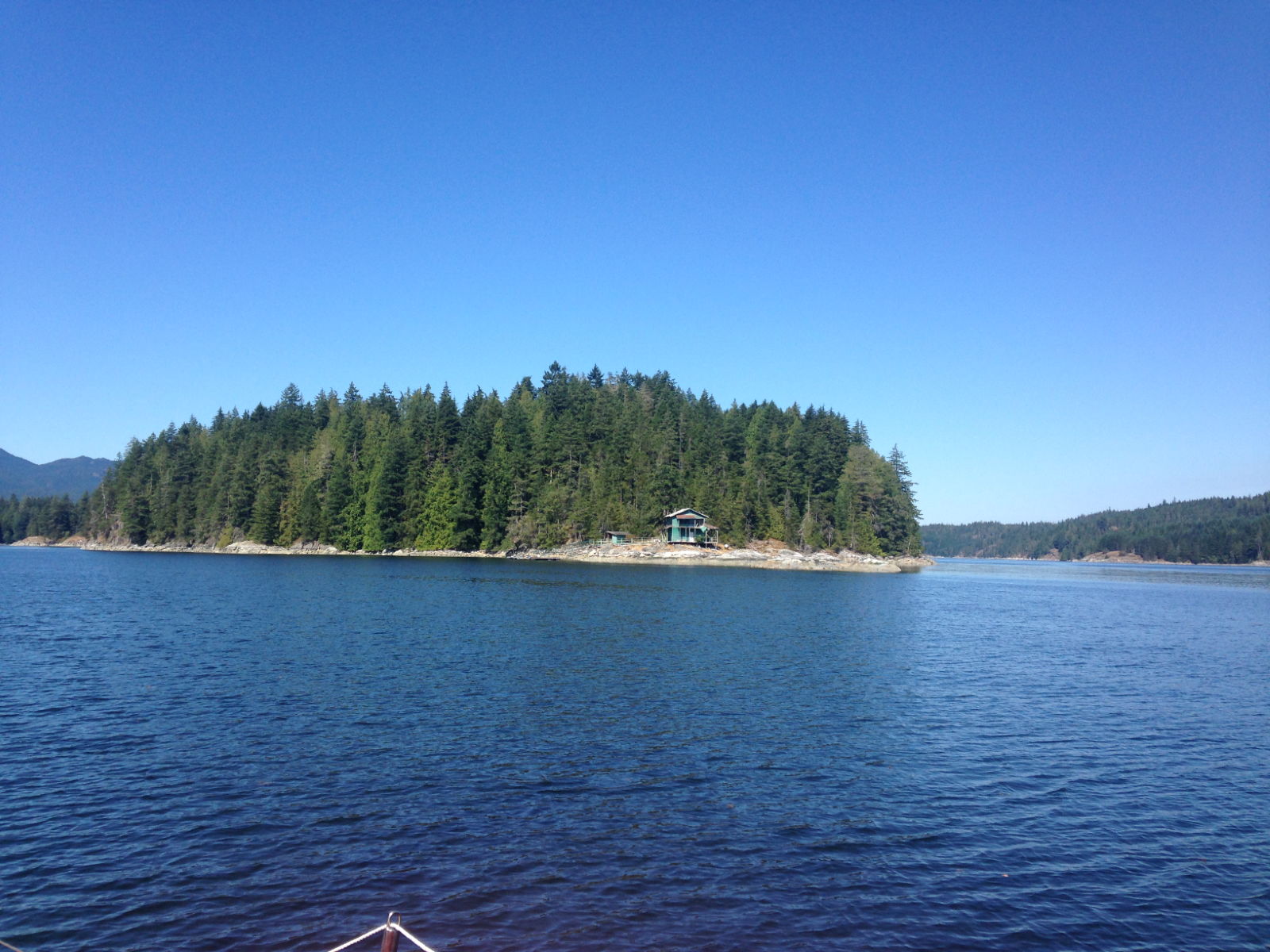
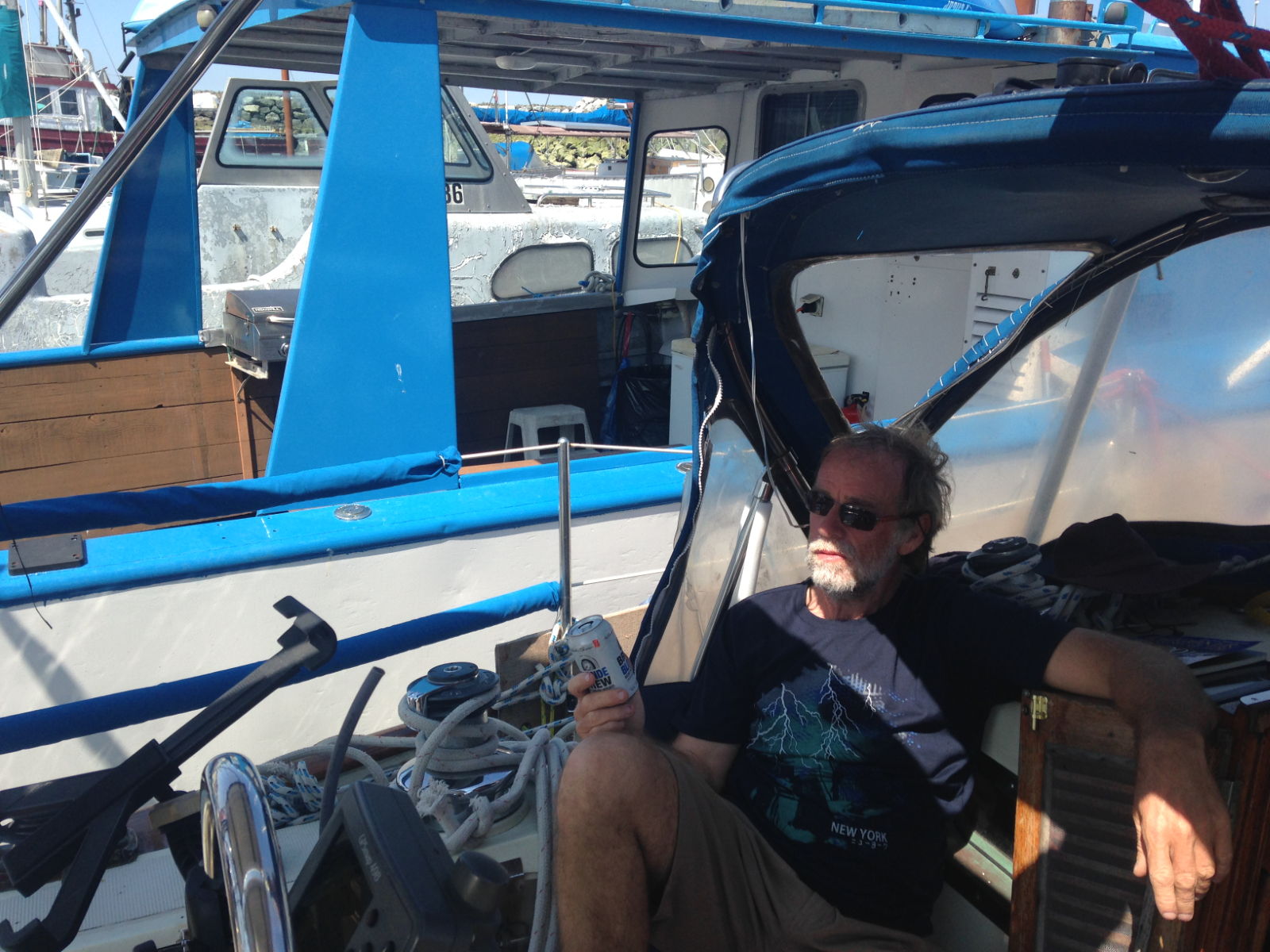
We’d arrived in French Creek earlier that day after three days spent in Campbell River, a fair-sized city on the east coast of Vancouver Island. Paul had developed a heavy cold so we had extended our stay until he felt fit enough to carry on. We didn’t do a lot there, apart from a walk along the waterfront and pier on our first evening, and a visit to the museum the following afternoon. The museum had plenty of information about the region’s First Nation history, as well as some exhibits about fishing and logging in the area. I particularly loved the detailed replicas of a pioneer cabin and a 19th century hotel lobby that looked as though they were straight out of a Western film set. We also watched a fascinating film of the actual blast that destroyed Ripple Rock at Seymour Narrows in 1958 in order to make it safe for crafts to pass over. As we drew closer to America we needed to use up any fresh produce on board because it’s forbidden to take any in from Canada, so I found myself making vegetable soup for the freezer on one of the hottest afternoons we’d experienced since arriving in the country. It made shopping easy though: we just stocked up with drinks and bread, having enough of everything else to last us until America.
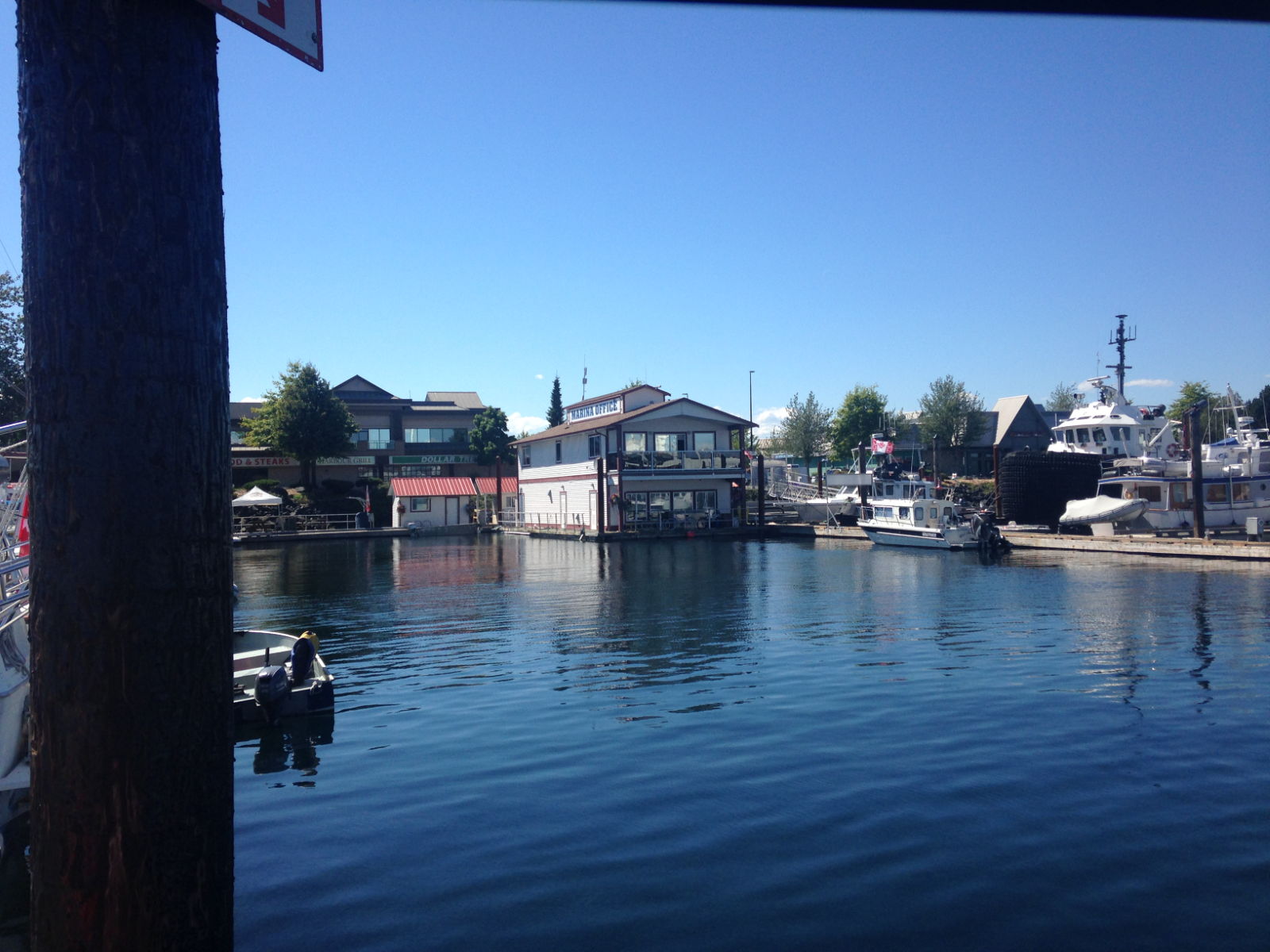
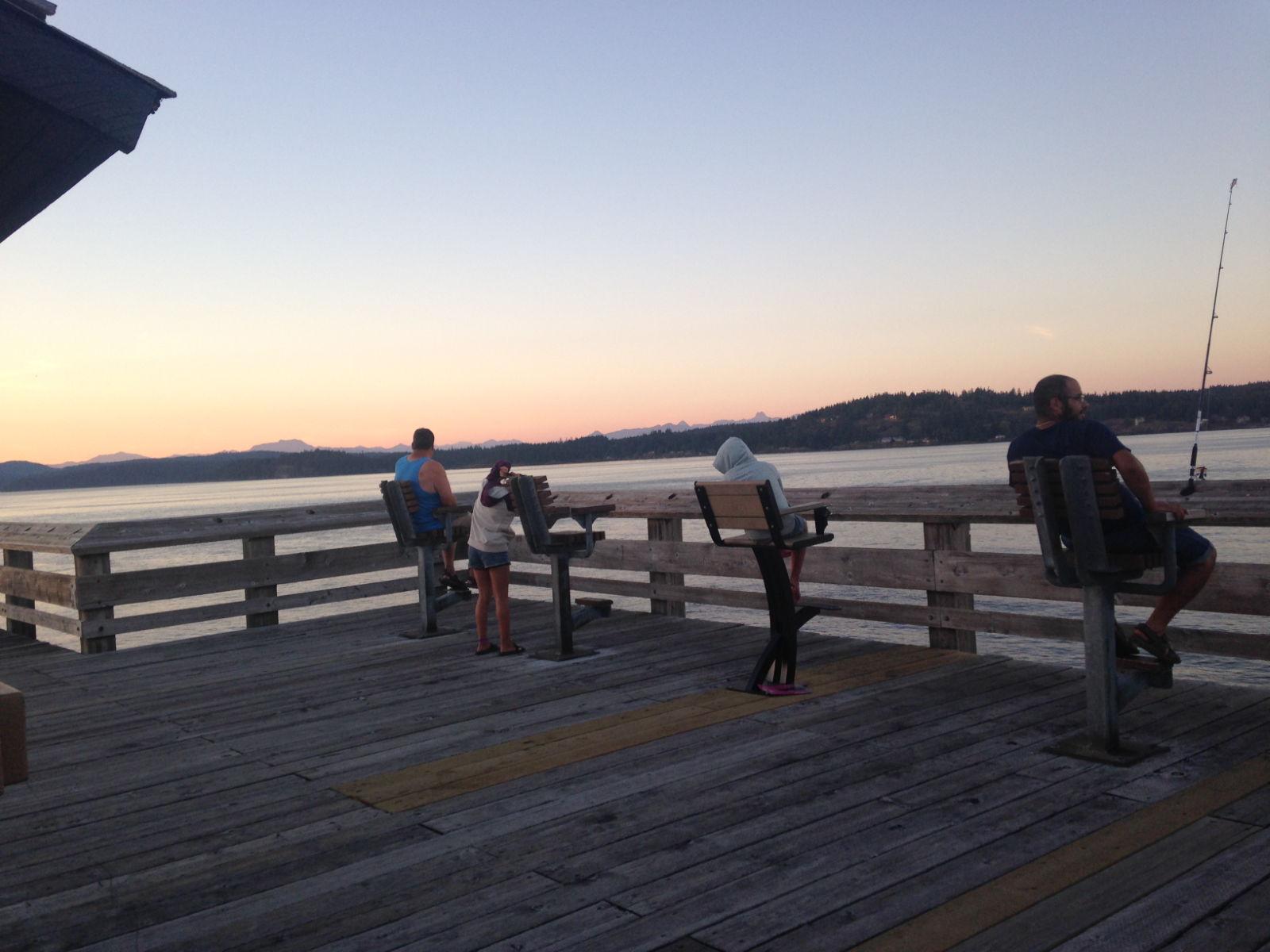
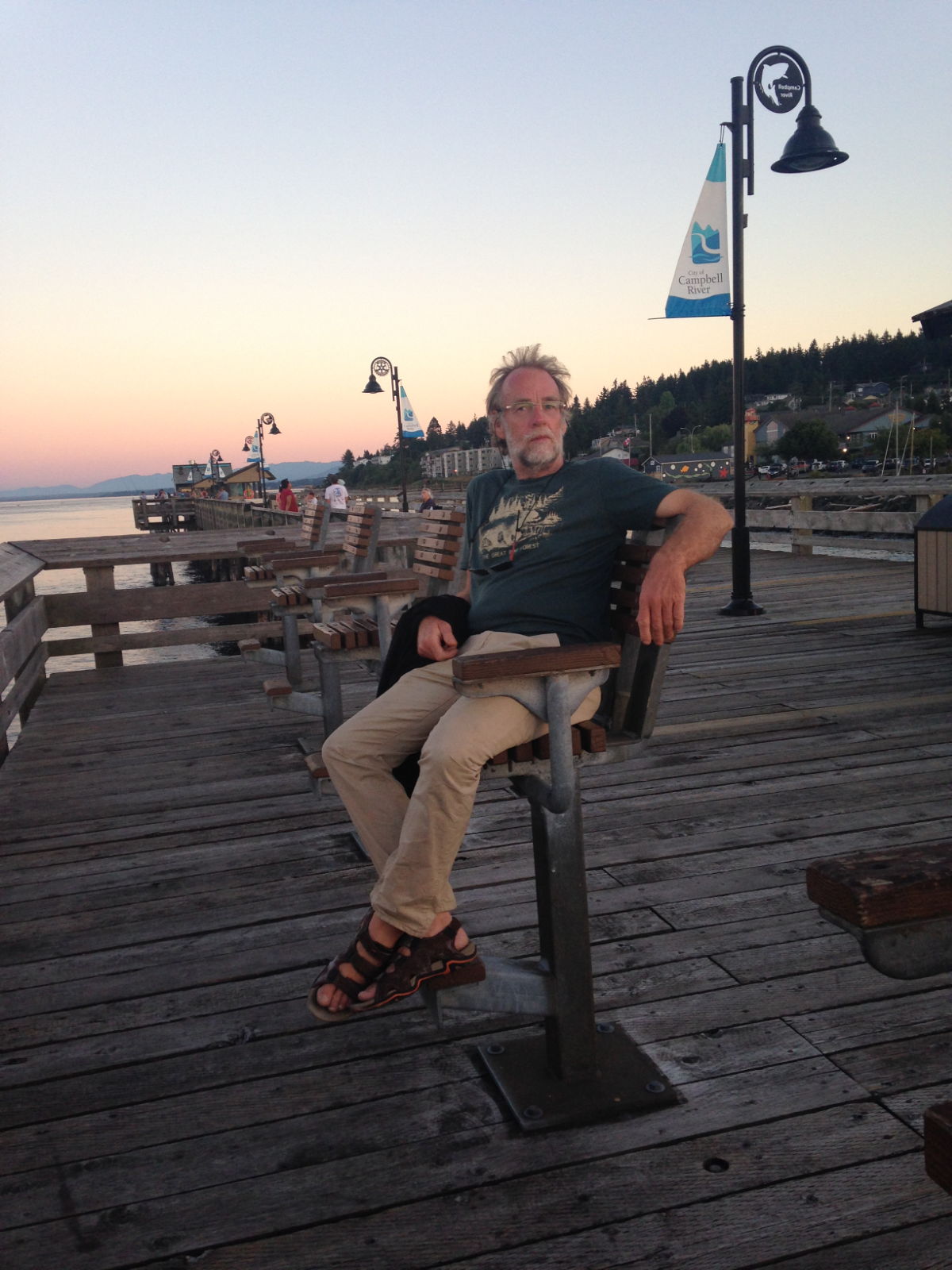
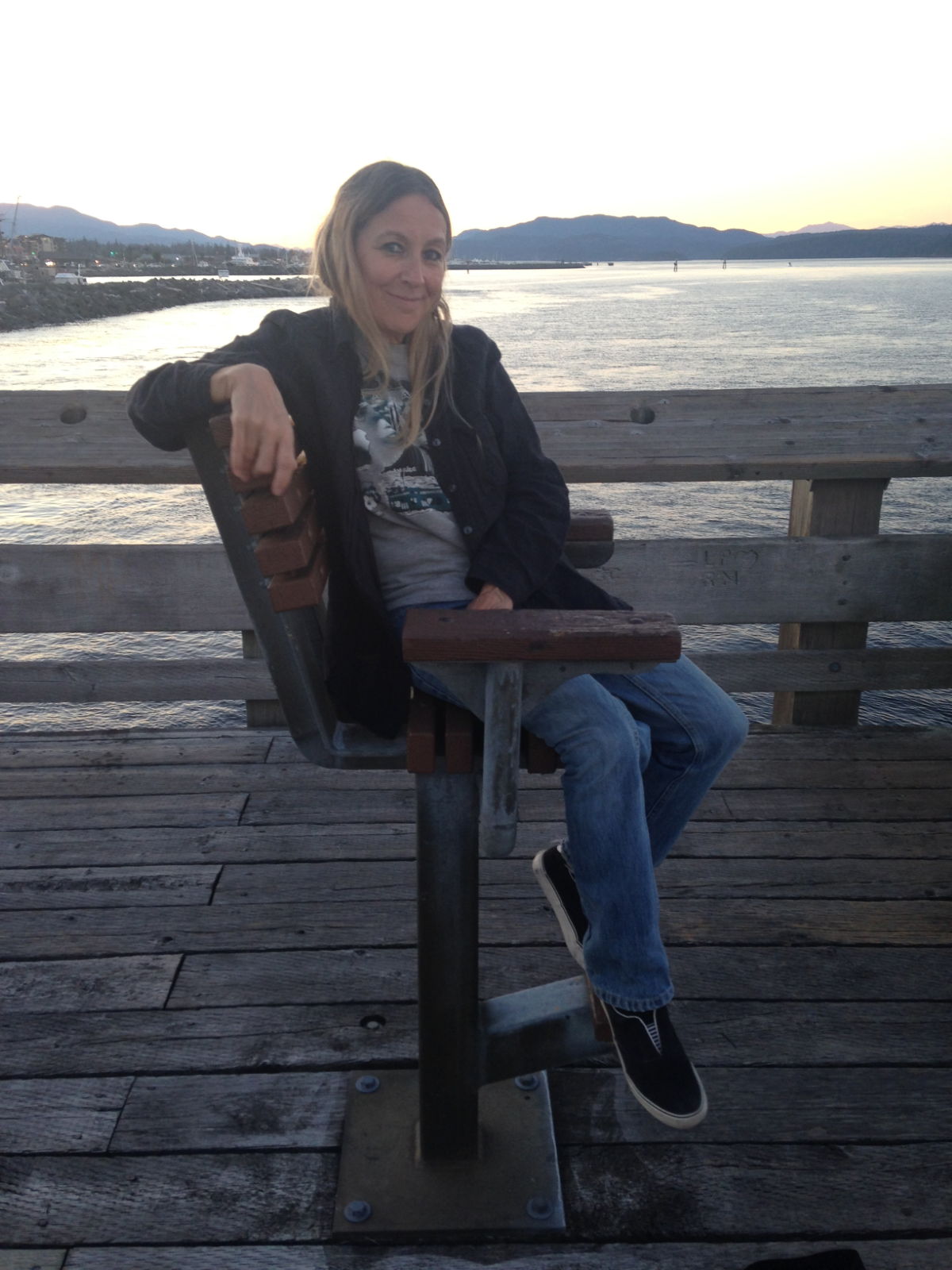

We’d spent the night before French Creek at anchor at Hornby Island. Known as The Hawaii of the North due to its golden sandy beaches (most of the beaches here have greyish-coloured shingle instead of sand) and warm waters, it was the busiest anchorage so far. Yachties flock there to go canoeing, kayaking and paddleboarding in the calm bay and at this time of year the beach was predictably crowded with families. Neither of us felt like going ashore. Paul had bought a fresh fish in Cambell River and inspired by the smells wafting over from beach barbecues and from neighbouring boats, he decided to use the barbecue in the cockpit. We need to cook more things on it – it smelled delicious and I don’t even like fish!
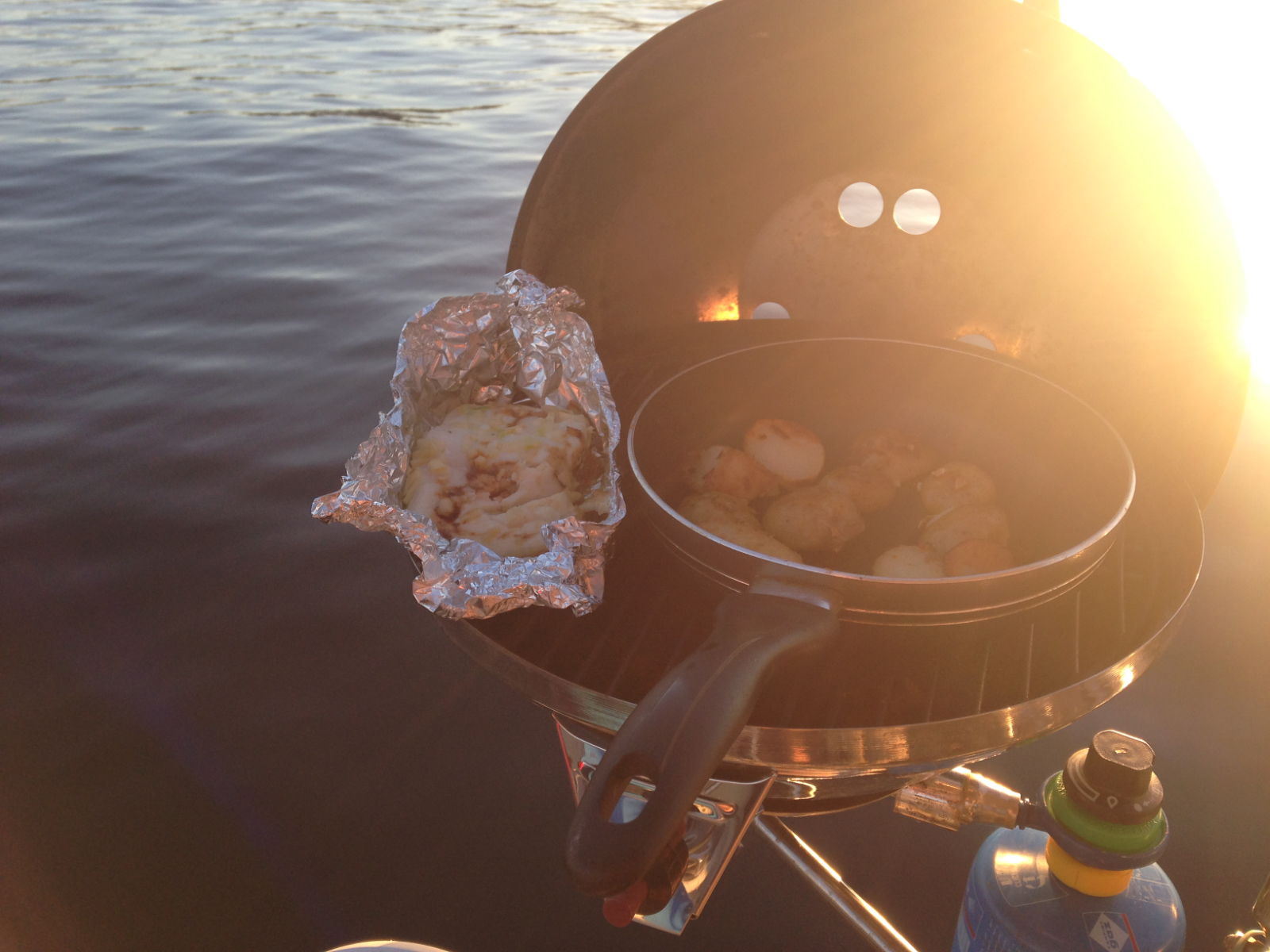

Hornby Island to French Creek was only a three hour trip and we arrived there just before 2pm. It’s another fisherman’s wharf so we had to raft up to another boat which is a simple enough thing to do, except that a guy watching us from the opposite pontoon saw fit to point out that we were breaking the rules by being three abreast (the boat we had rafted to was rafted to one next to the pontoon). The man who had helped us in told him it wouldn’t matter that much, at which the other guy threw his hands in the air and declared it was none of his business, he was merely pointing out the rule displayed on the signs. He was so insistent that it was nothing to do with him that he effectively suggested it was personal. Anyway, after he’d motored off we did in fact move so that we were only two abreast and could finally take a look around. I’ve come to prefer staying at the working fishermen’s wharves or commercial marinas as opposed to public marinas for their friendly, informal atmosphere and the hive of activity that is usually going on in them. French Creek was no different, and at the recommendation of our friends earlier, I suggested we have a drink in the pub on site. It really didn’t have much to recommend it once we were inside. Televisions were playing various sporting events all around the bar and it was crowded, noisy and soulless. We took our drinks outside and didn’t stay for another. A much more sober and quieter Frank chatted with Paul from the stern of his boat that evening. I have a feeling he asked the same questions as those from the afternoon but at least he had a chance of remembering them this time.
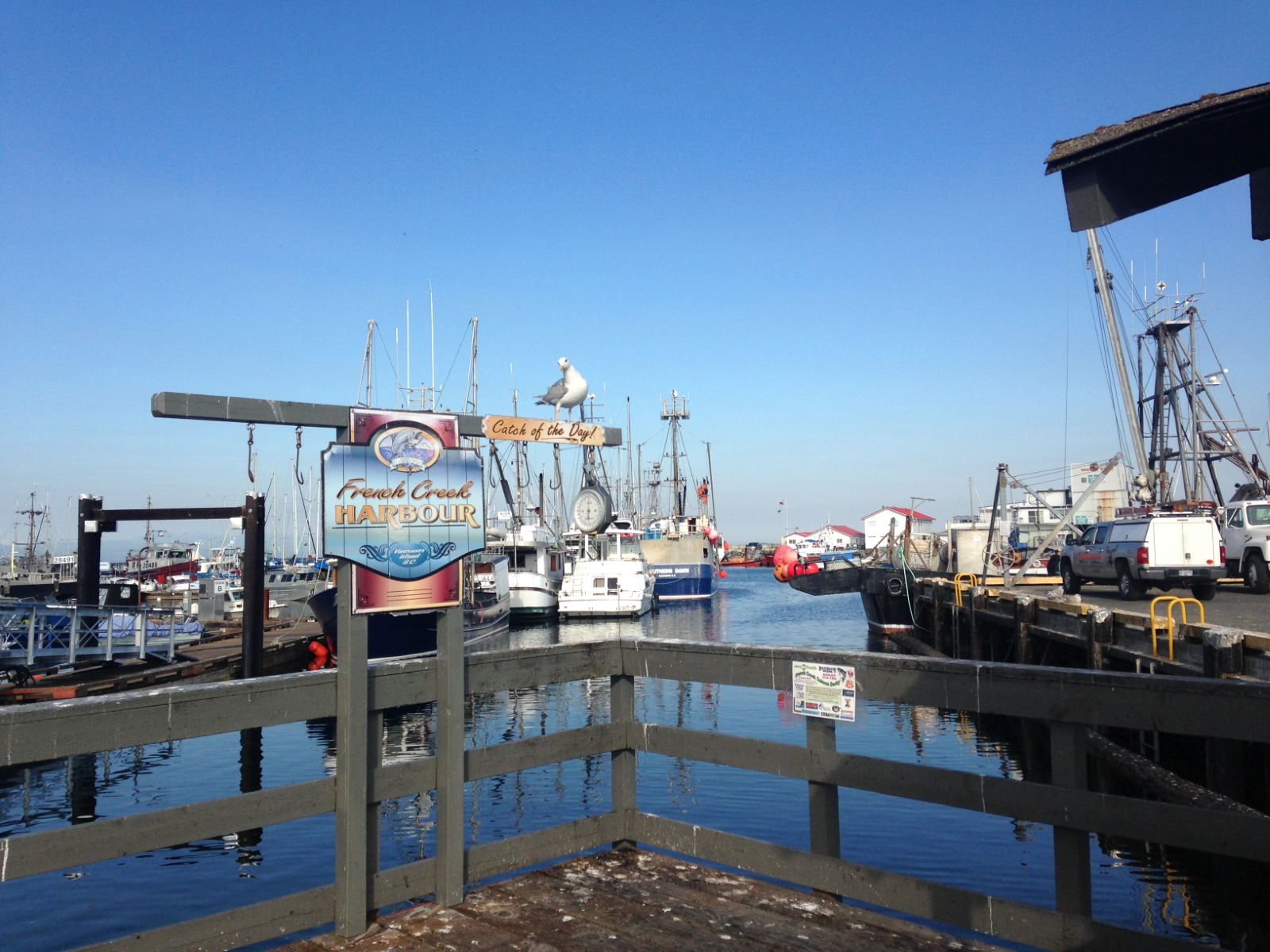
From French Creek, we headed for Nanaimo on a very choppy sea with the rain pelting down and a decidedly cold wind. Poor Paul was up above the whole time. We had the sails up and the journey was extended because we had to tack a few times. It was a seven hour journey all in all and we pulled in to Nanaimo Yacht Club at 5pm, by which time the weather had improved considerably. The yacht club had been another suggestion from the French Creek guys and was much appreciated because it was cheaper and had good wifi. We walked along the prom in the evening and I saw buildings that although not quite skyscrapers, were the tallest I’d seen since Japan. The city of Nanaimo has one of the largest shorelines in Canada and is popularly known as The Harbour City with enough attractions for visitors to warrant a few days’ stay. We would only be spending one full day there so had to choose and slot in our activities beforehand. On the way back to the boat I spotted two second hand bookshops and resolved to check them out before the planned excursion across the water to Newcastle Island.

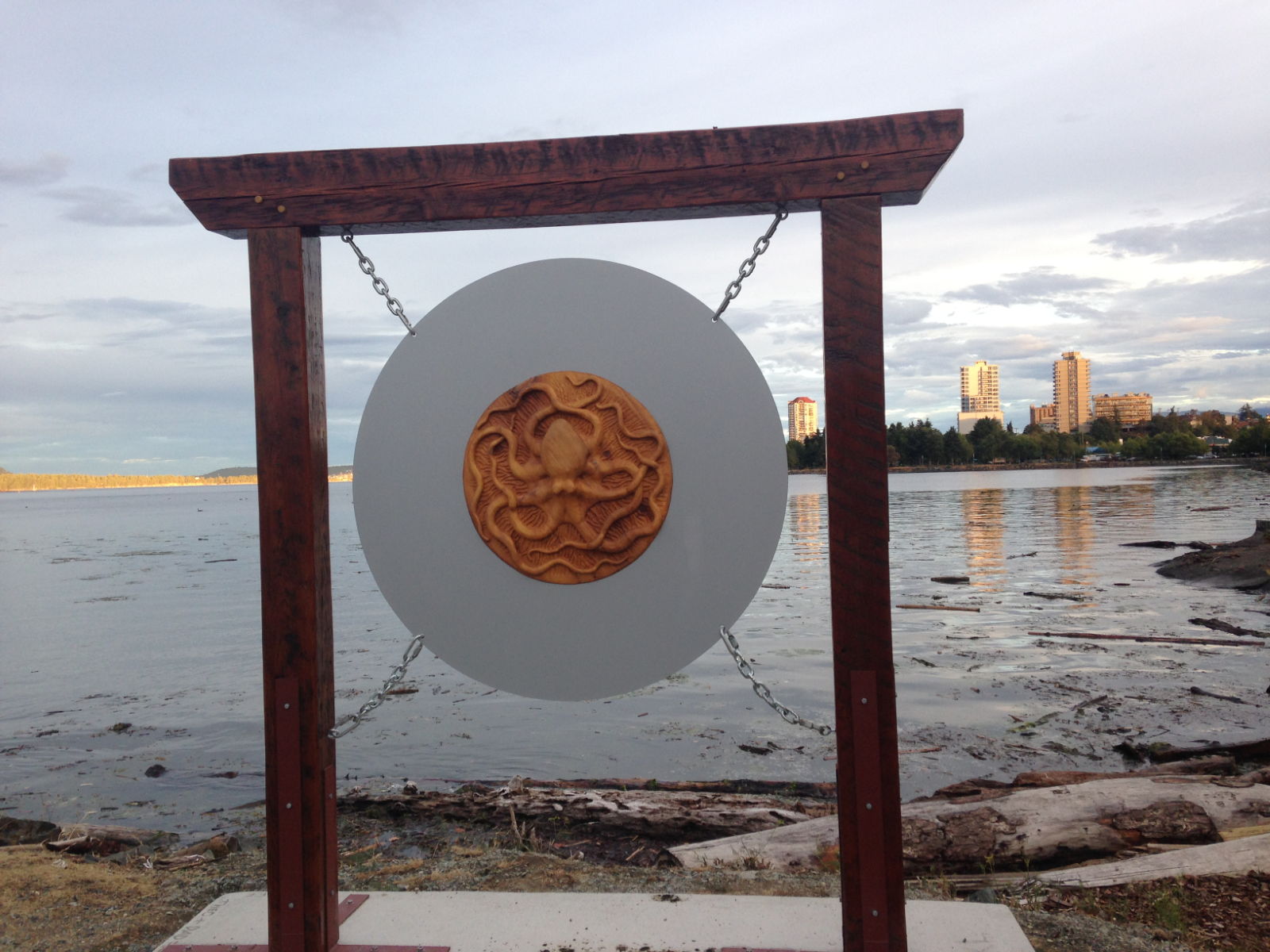
Browsing in the bookshops the next morning while Paul had a coffee in the café opposite, turned out to be a good move because by the time I emerged, the murky, overcast morning had developed into a clear, warm early afternoon; just right for a nature trail.

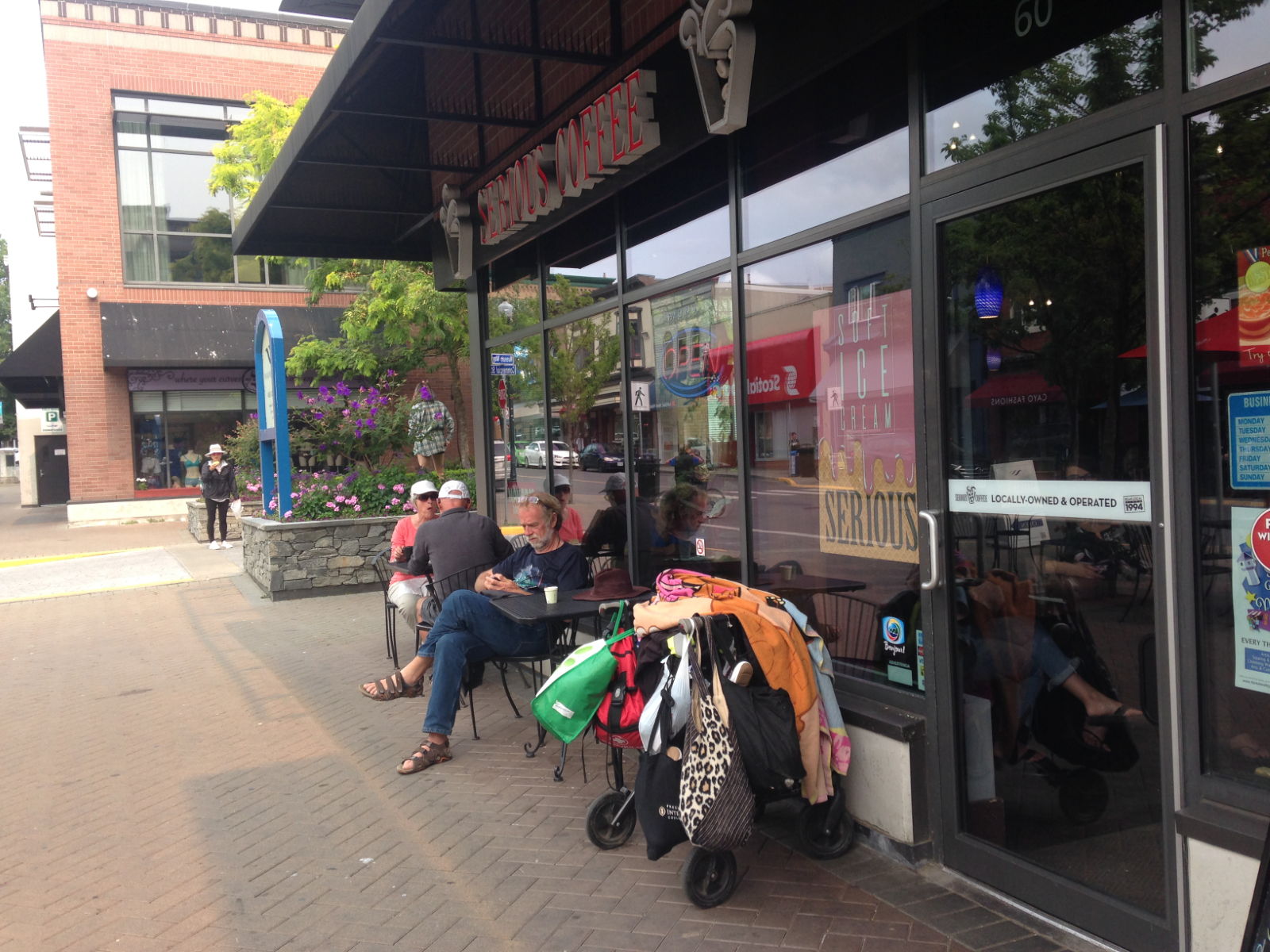
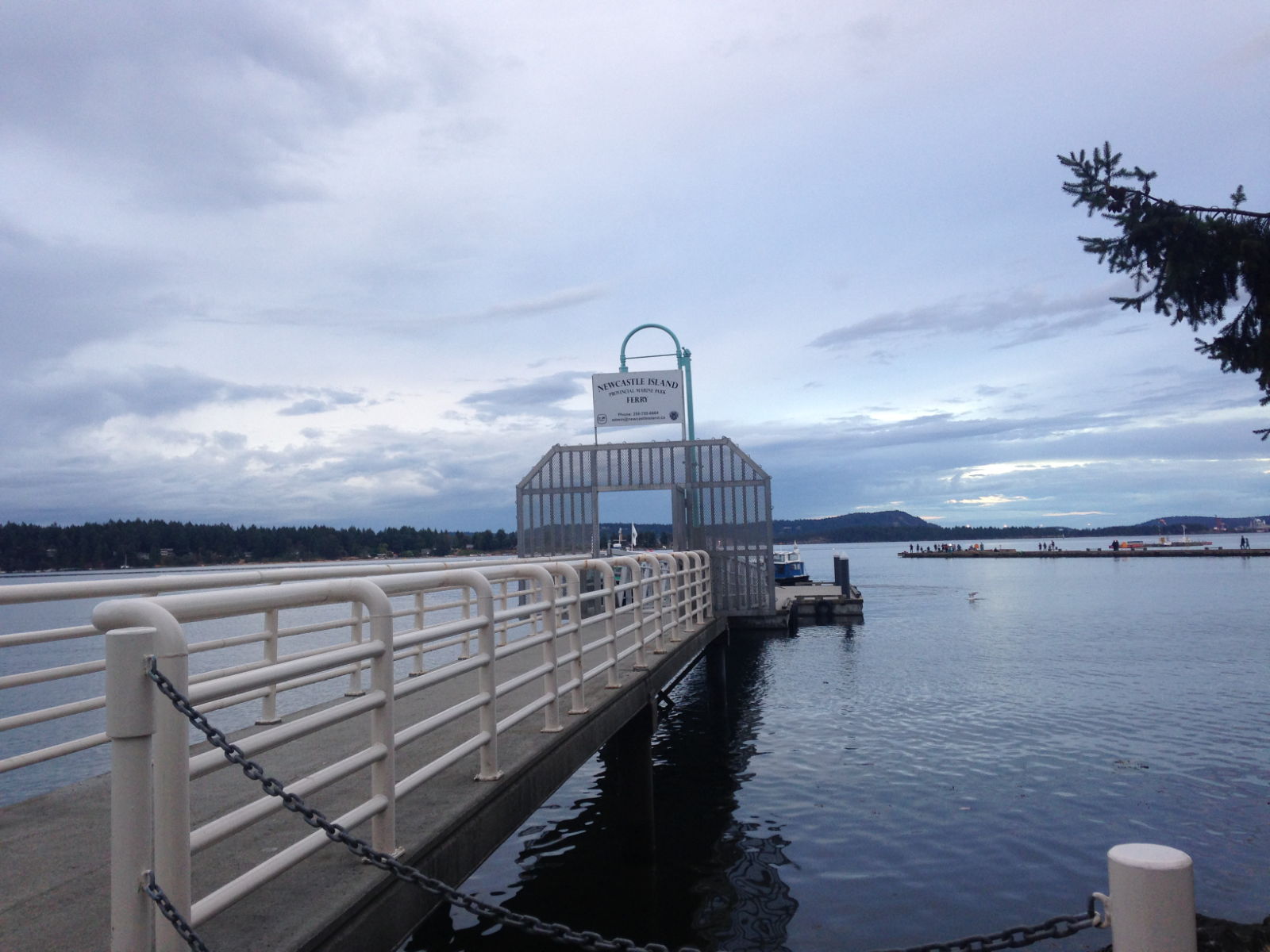
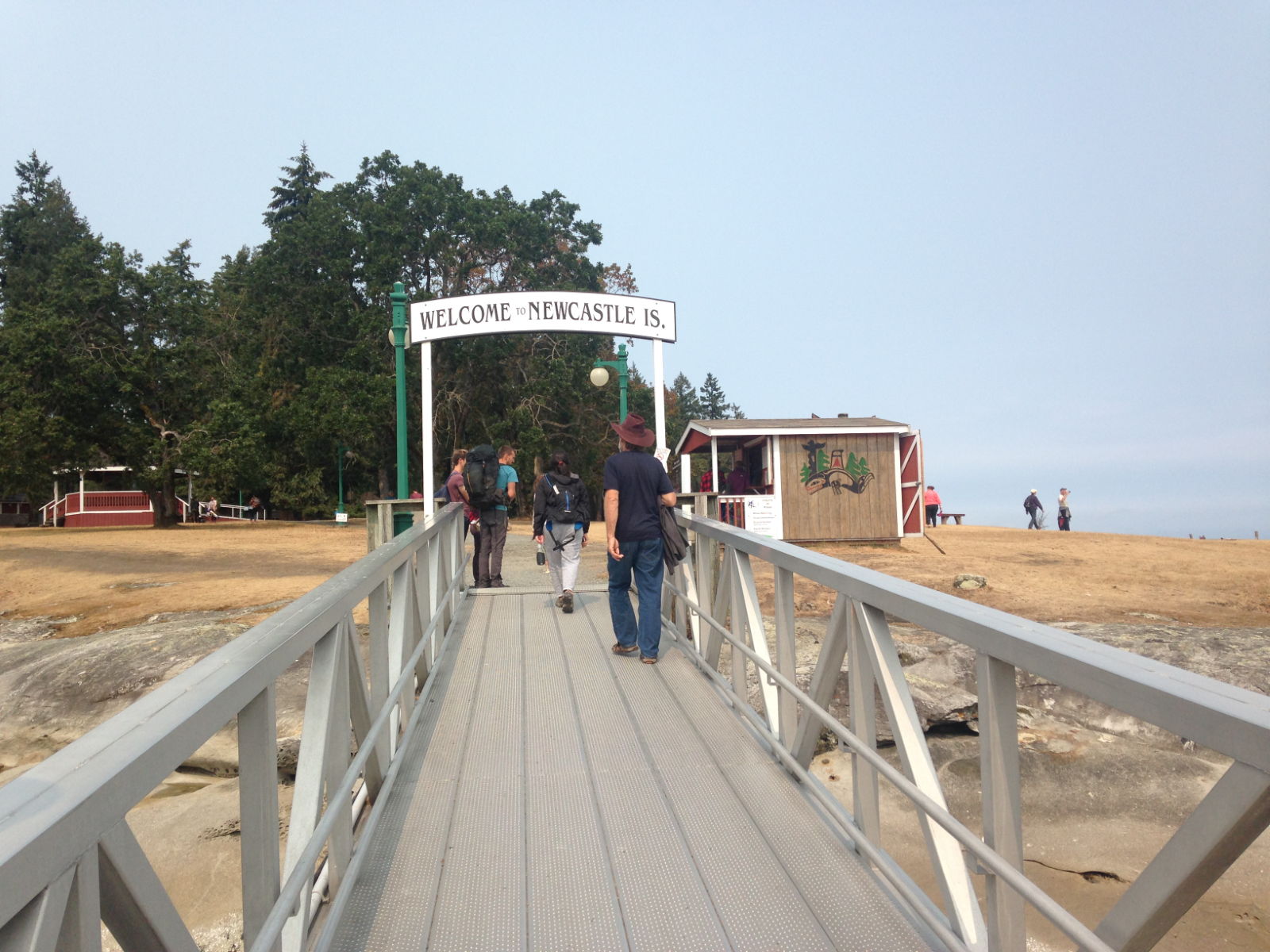
We caught the 2pm ferry for the short journey over the water, along with several people who were carrying an impressive array of heavy camping gear. Sporting heavy, cumbersome rucksacks, they transported their stuff down the jetty with the aid of wheelbarrows and ferry staff helped to load it on board. Newcastle Island is clearly a popular spot for camping breaks. The island is a marine provincial park, and a sacred site of the unpronounceable First Nation Snuneymuxw people, who know it as Saysutshun Island. The name Newcastle came about from the discovery of coal on the island in 1849 and took the name from the mining town of Newcastle-upon-Tyne when the British needed good quality coal from North America for their steamships. It boasts rustic and pristine beaches, playgrounds, family-friendly camping and a 22km hiking trail. We chose the shorter, outer loop trail that took in some of the coastal path. At the start of the trail was a sign warning that a cougar had been sighted a few weeks previously. As for bear-confrontations, the advice is to make yourself bigger and to roar at the animal. You most definitely should not run away. I’m all for standing up to bullies but I’m not sure I could follow that advice! Two cute raccoons were what we spotted first anyway. A group of people ahead of us were pointing upwards and there they were. First, we saw one clinging to the trunk and staring wide-eyed at us and as we got ready to photograph it, a smaller little black and white face popped out from a nearer tree as if to see what all the noise was. I’m not sure I’ve ever seen a raccoon before let alone in its natural state. It still gives me a thrill to think of it now.
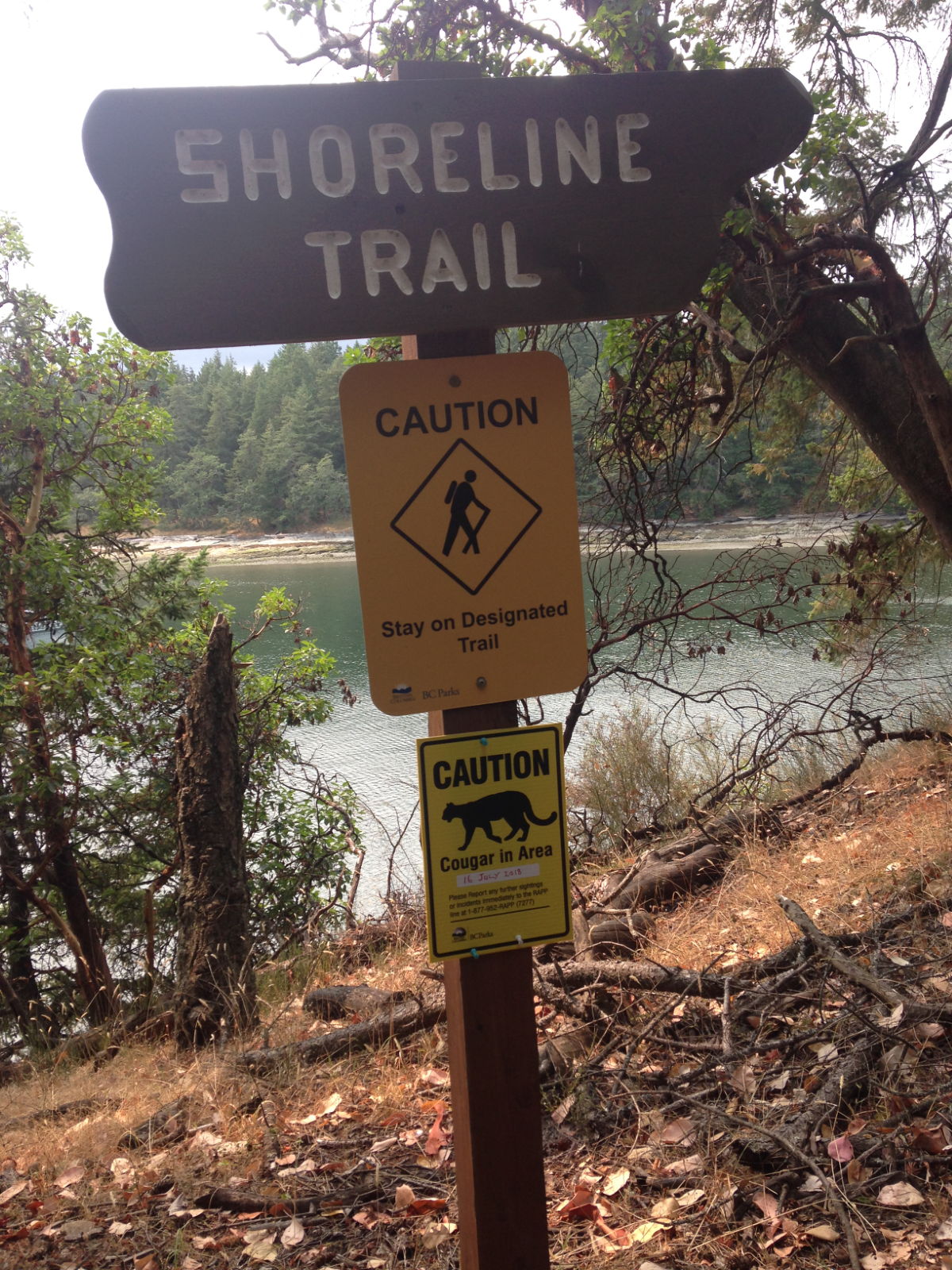
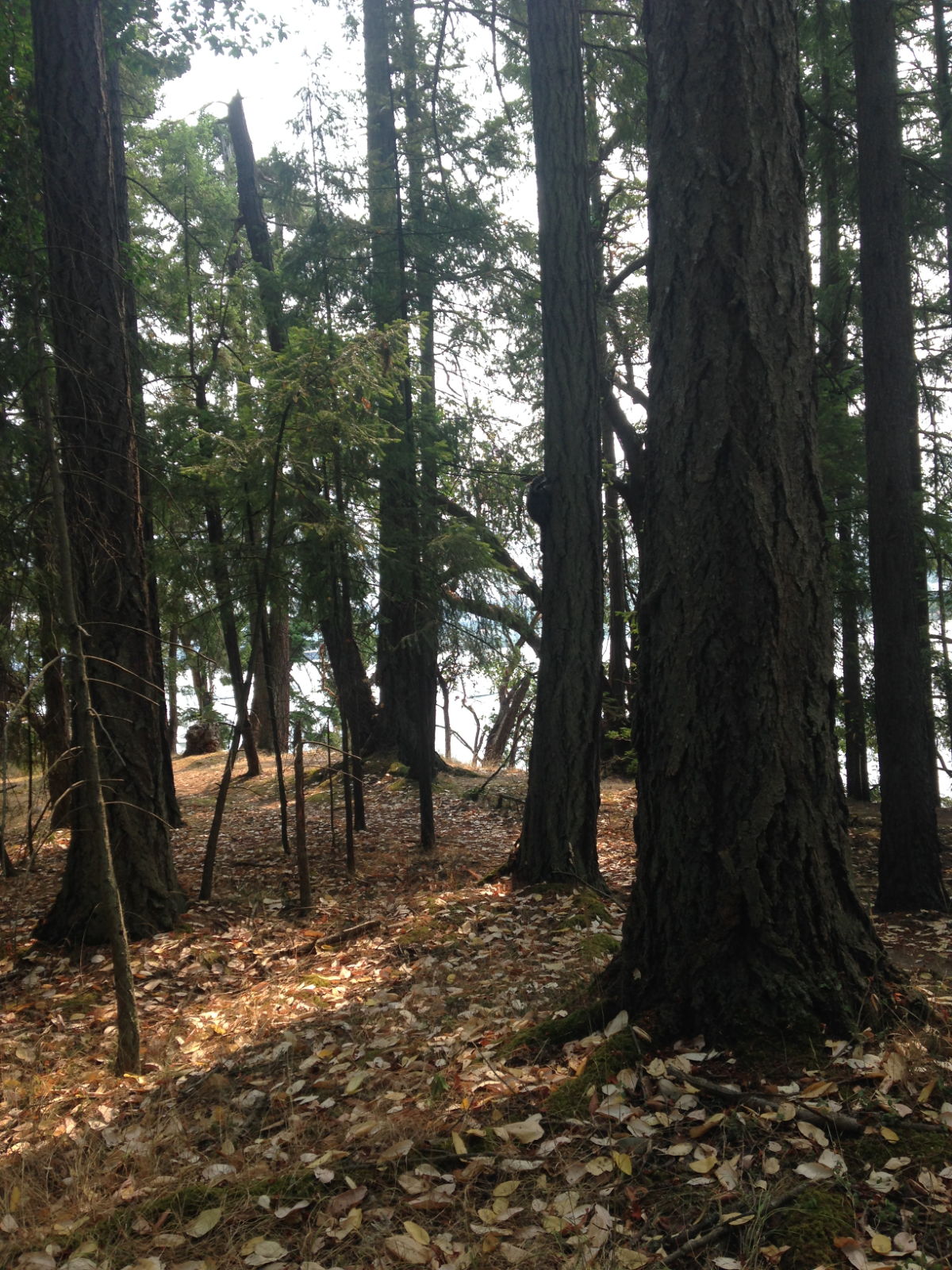
The walk was wonderful. Unlike our treks in Asia I didn’t have to worry about leeches or millipedes. There was no humidity or swamps and every now and then a cool breeze refreshed us from the afternoon heat. The various trees in the interior forested landscape were interesting enough in themselves. They were huge, gnarled and very tall Douglas fir, Oak and Big Leaf Maple trees. The colours were beautiful, and must be a glorious sight to behold in the autumn. We saw a deer nibbling at the leaves of a fallen tree near a beach, but we didn’t come across the cougar. At the end of the two hour walk we were going to have a drink in the bistro but it had closed a few minutes before we got there –at the early hour of 5pm! There were several families camping nearby and it seemed such a wasted opportunity for a restaurant to miss out on making money from holidaymakers and visitors at the height of the summer season. We caught the 5 15 ferry back to Nanaimo and had a slow walk back along the waterfront to the yacht club.
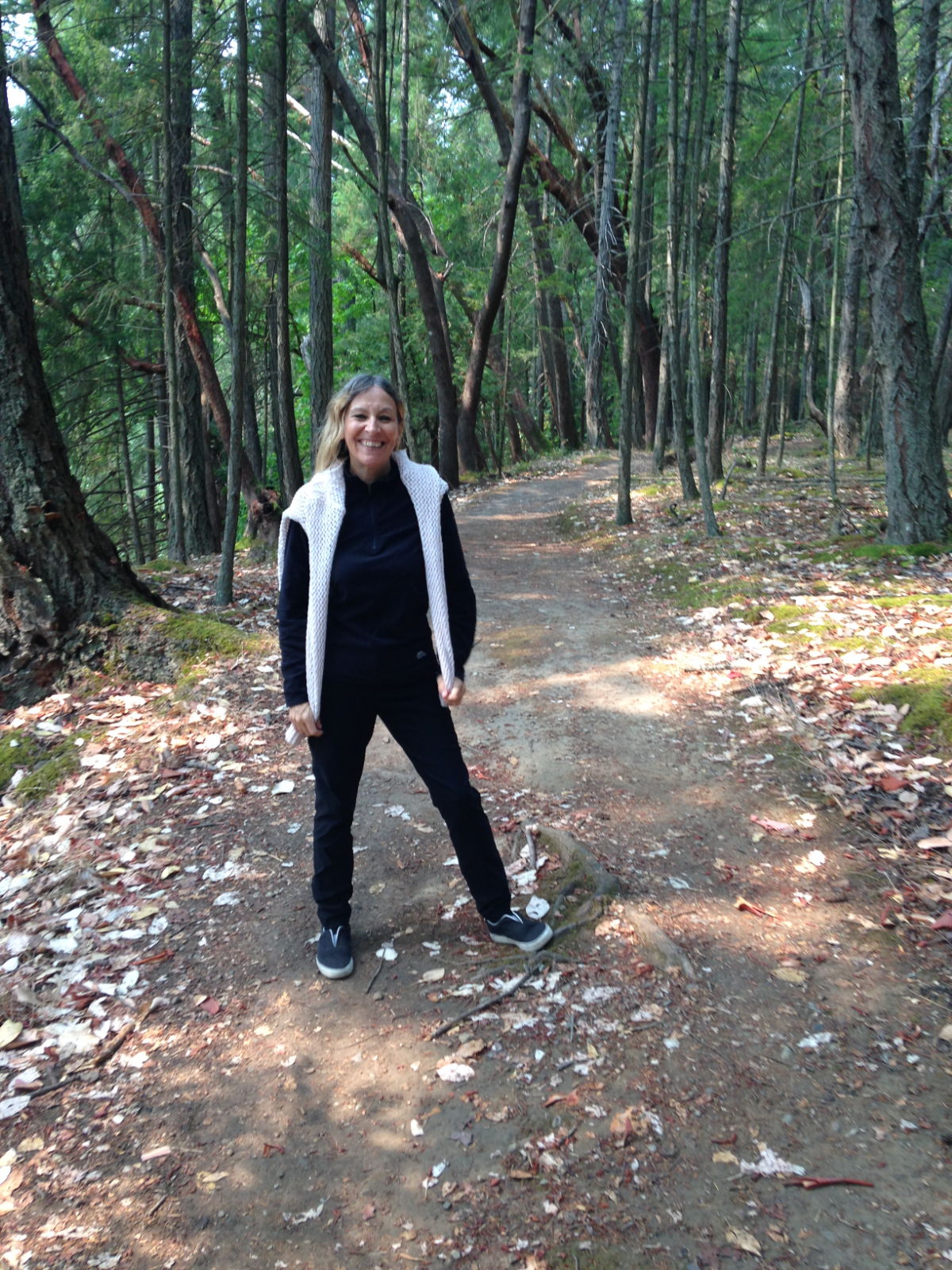
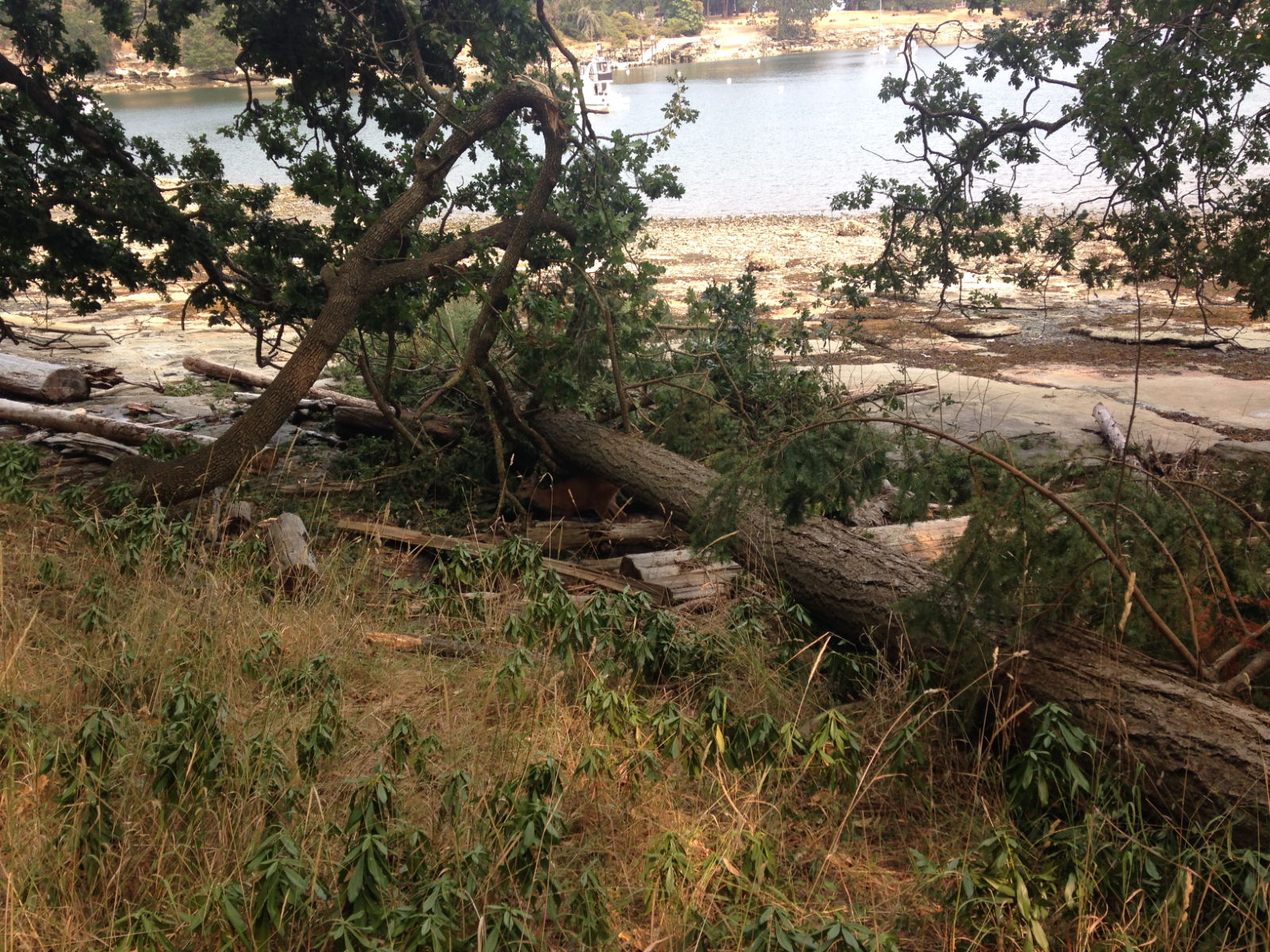
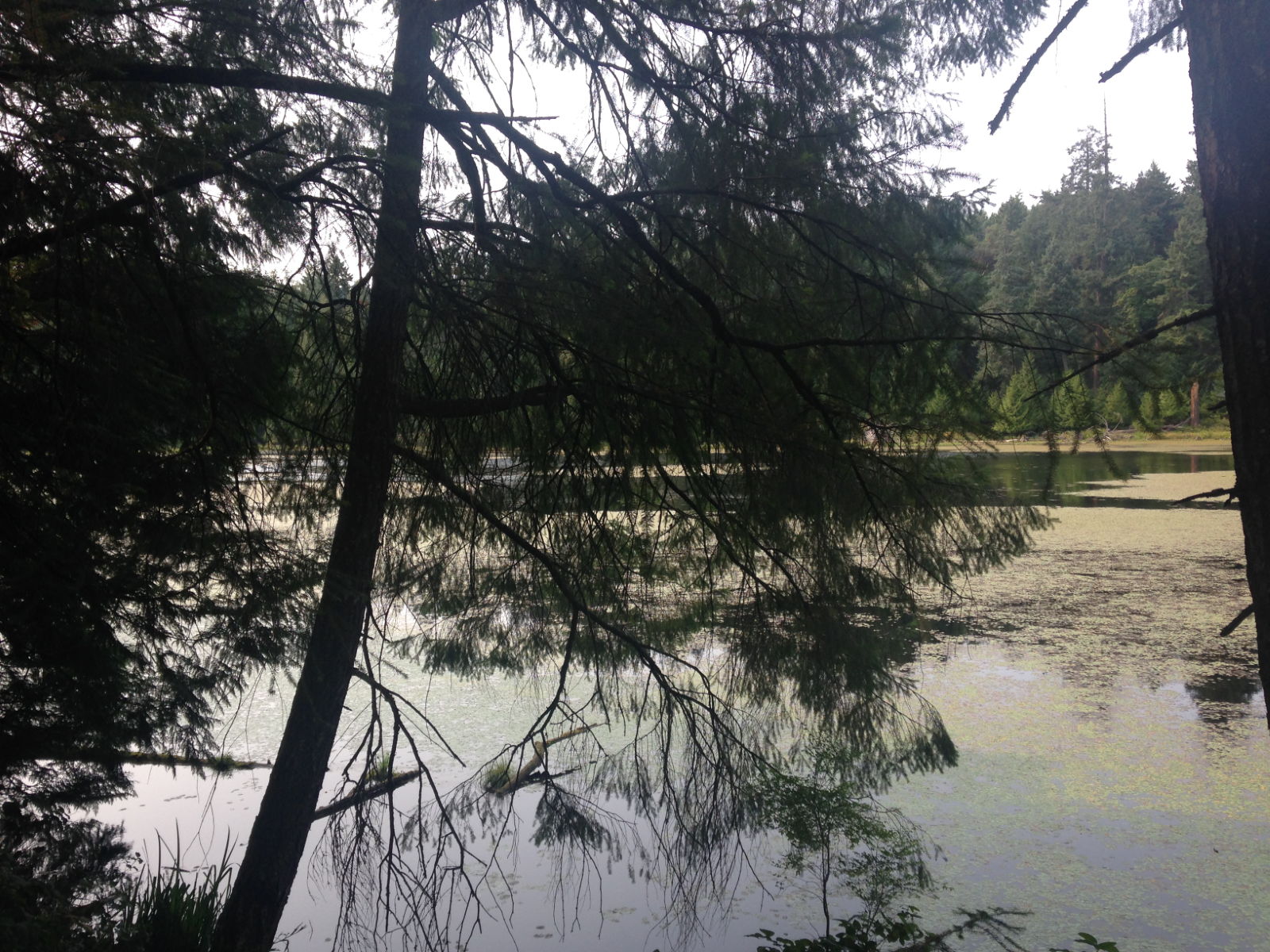
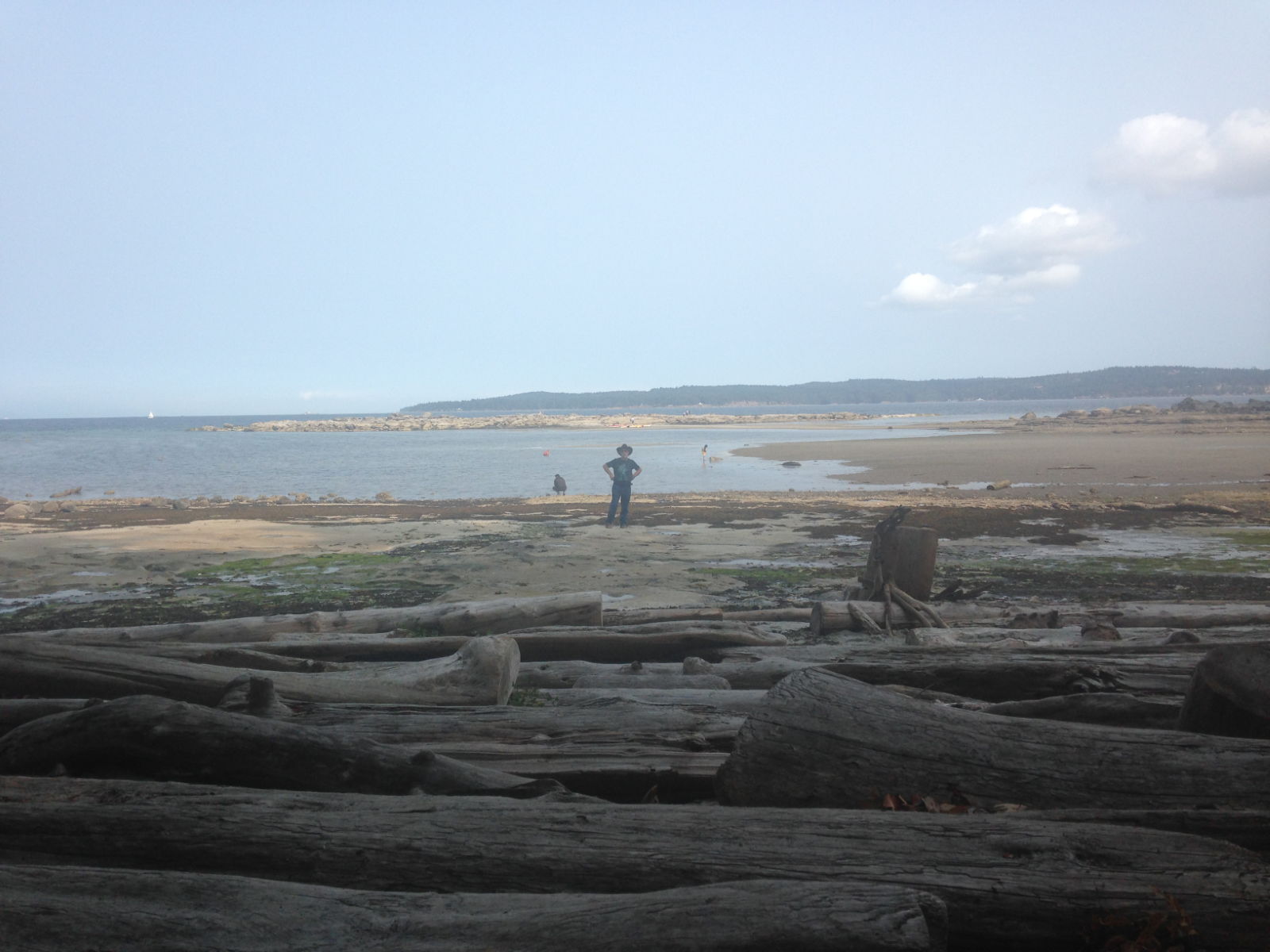
Prevost Island was our next stop on 13th August. This passage would take in another notorious narrow pass called Dodd Narrows. It’s the narrowest pass in the Gulf Islands and subject to swift currents according to Joe Upton, the author of my guide to the Inside Passage. He tells of the time in 1982 when he was towing a gill-netter with engine problems and failed to heed the warning to avoid passing through it against the tidal stream. He ended up swerving violently back and forth in the current while the guy he was towing had a tough time steering to stay off the rocks. Apparently he’d become so alarmed during the crossing he’d bitten his cigar in half! Needless to say Paul had done his research on the best time to go through, and when we arrived at the entrance, several other vessels were stationary, presumably waiting for the ideal time slot of midday. We heard boats from the north and south entrances on VHF broadcasting their intentions to go through and for any concerned vessels to radio back. We sped through it at 11 15! I think Paul was hoping for a bit of a ‘white water’ thrill. The gap looked very narrow from a distance and once we were going through I could see it would be tricky for wide boats to pass each other comfortably. Looking up at the holiday resort on the hill above us I noticed a bench that looked as if it had been placed for the sole purpose of watching the boats traversing the channel: a prime position to film or snap any drama. Two people were sat on it looking down as our group of boats motored past. Apart from more of a swirly sea, it was hard to know we’d gone over any rapids, although Paul said he felt the steering ‘pull’ a bit.
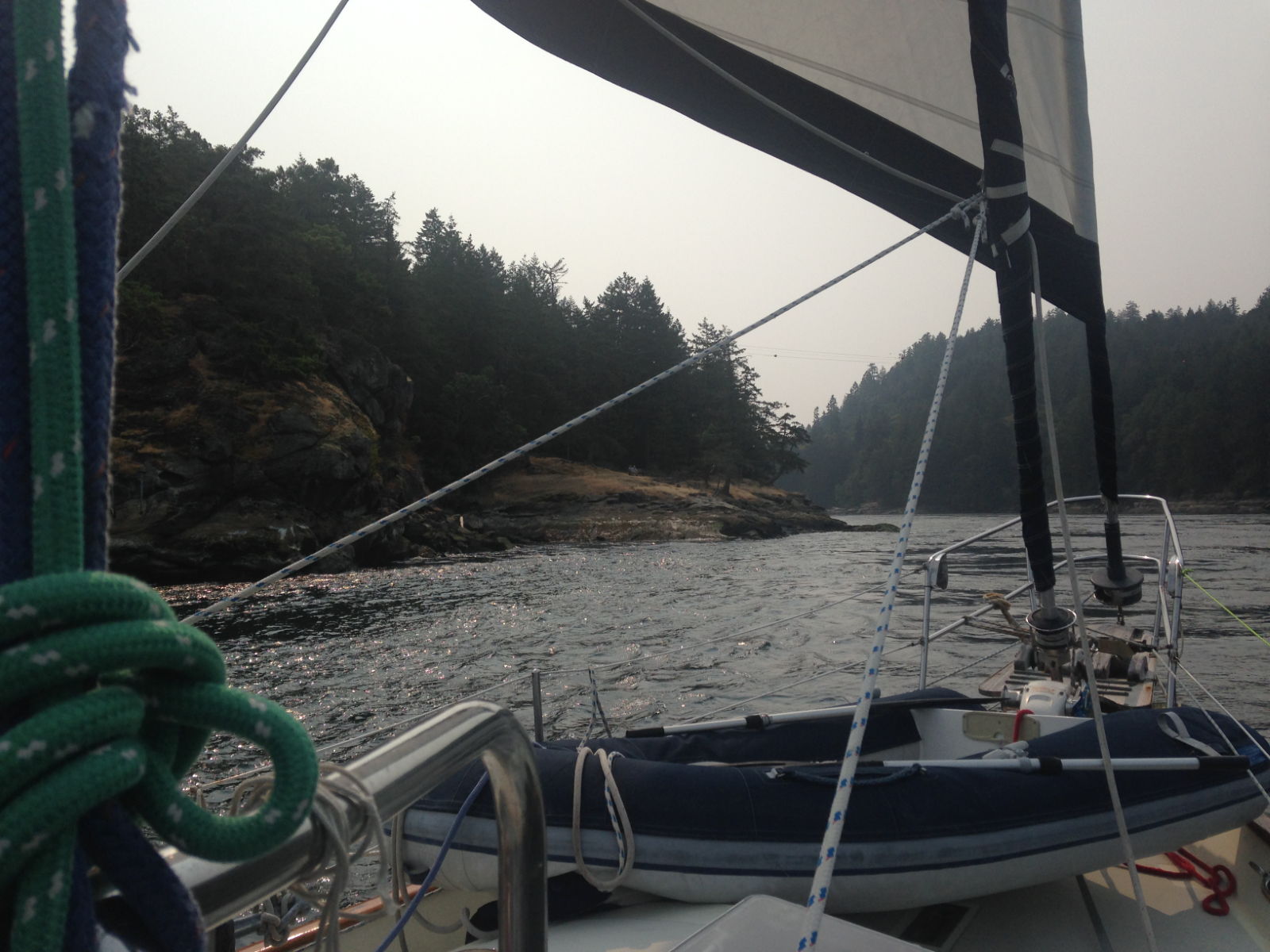
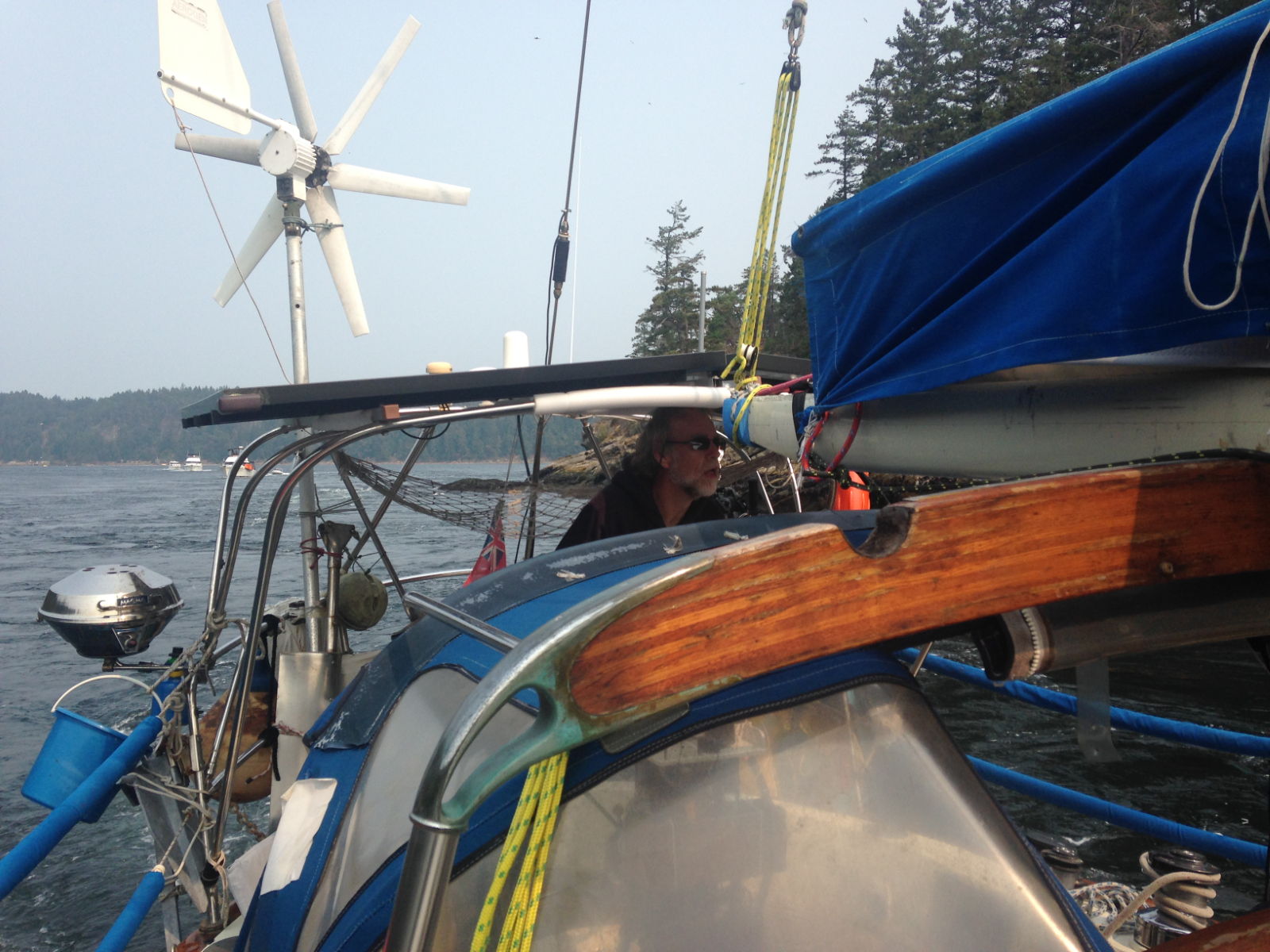
Annette Bay was a picturesque little sheltered bay to anchor for the night. Paul’s guide had mentioned river otters frequenting the banks but we didn’t see any. There were a couple of intriguing floating houses in the bay that I would have loved to look inside. I’d never seen anything quite like them before.


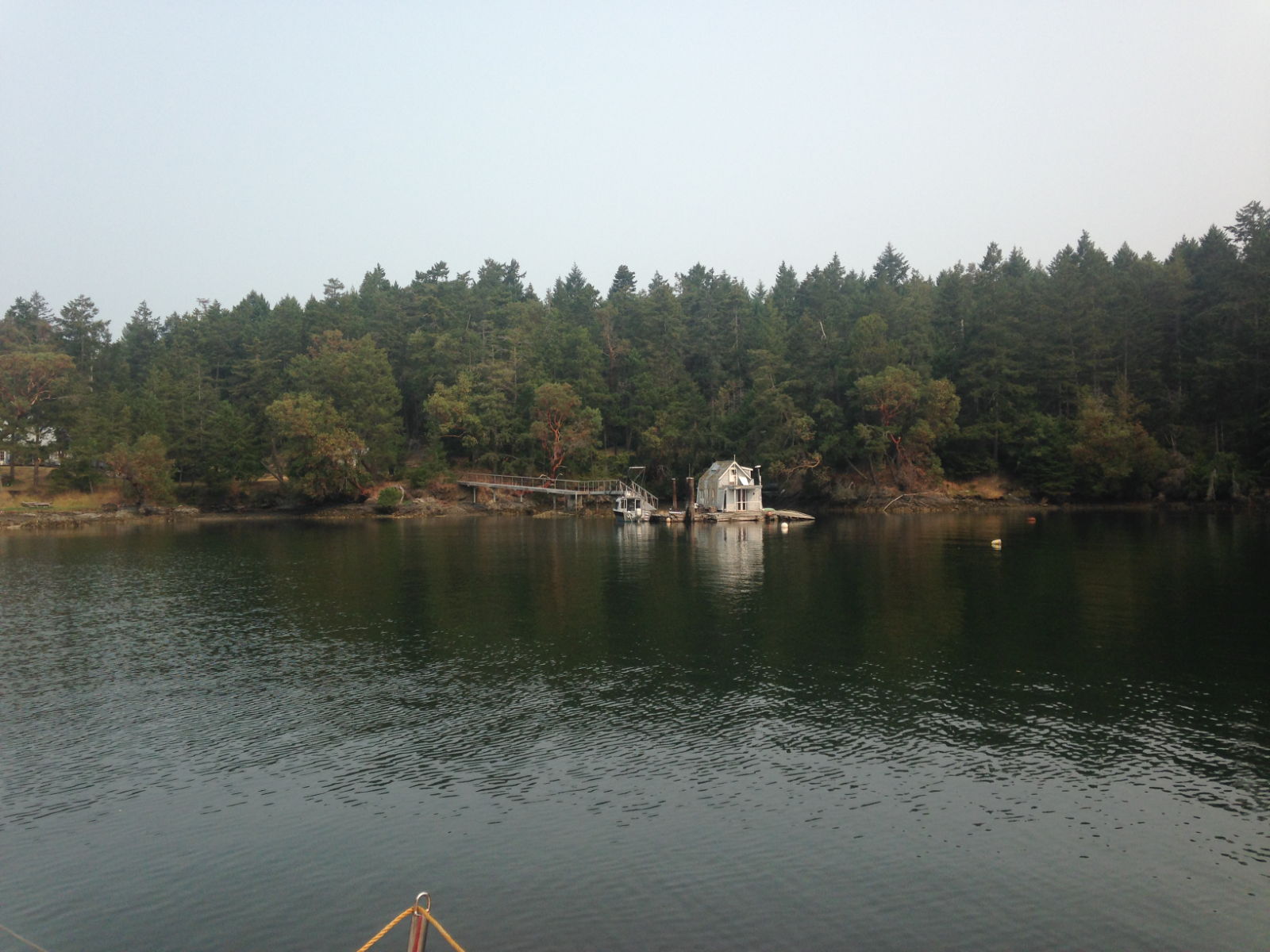
Our final place in Canada before we crossed the border to the US was Sidney Spit on Sidney Island, part of the Gulf Islands National Park. After trying unsuccessfully to anchor on the slippery kelp seabed, we picked up a mooring buoy. As it was early afternoon we launched the dinghy, parked it at the jetty and walked the length of the narrow sandy spit and back. It hadn’t looked very inspiring from the boat, being so flat and colourless but the sand was littered with enough things to delight any beachcomber. We saw all kinds of pretty shells and stones, fishing debris, unusual plants and washed-up logs, but thankfully no unsightly rubbish or plastic bottles.

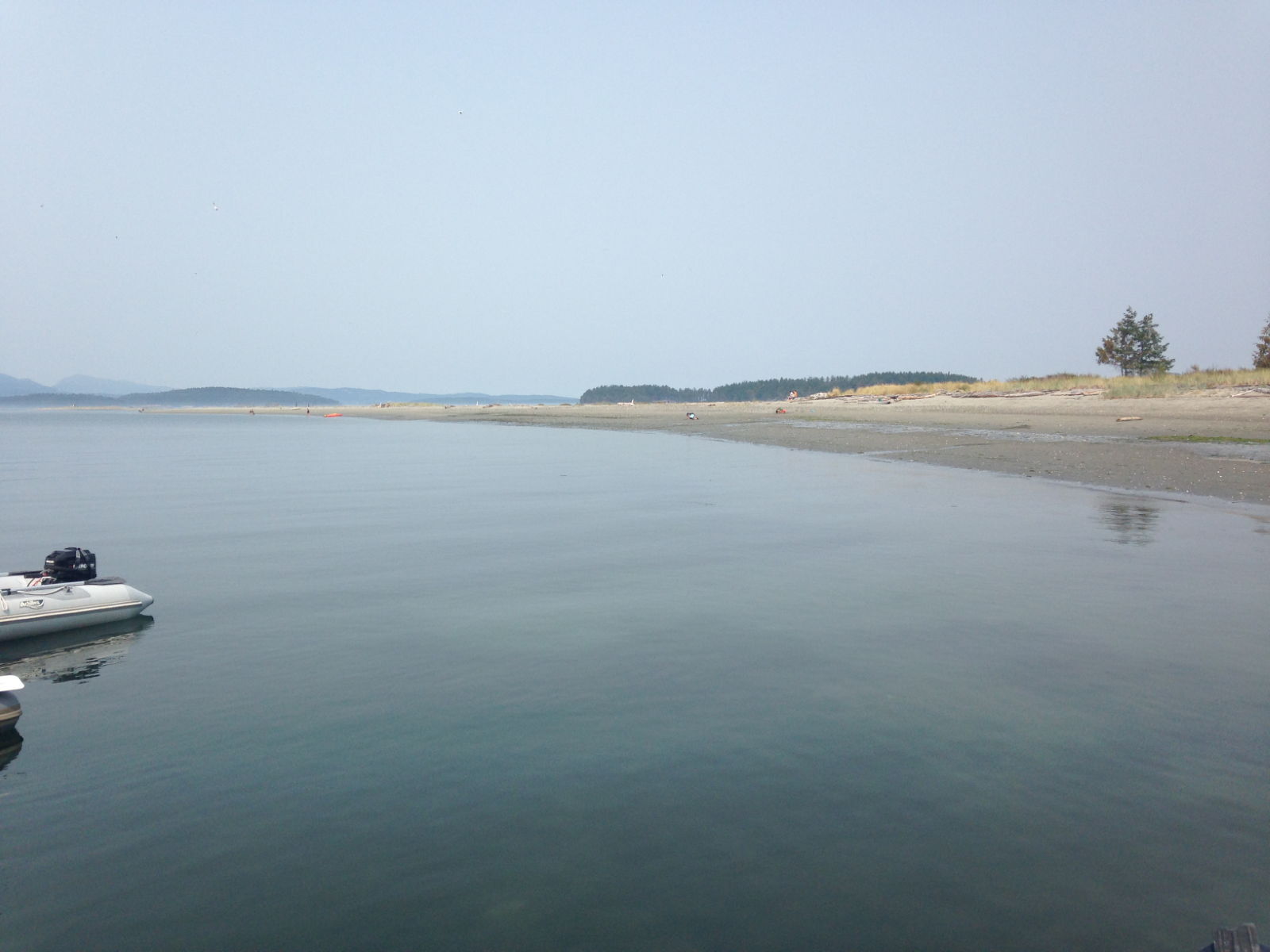

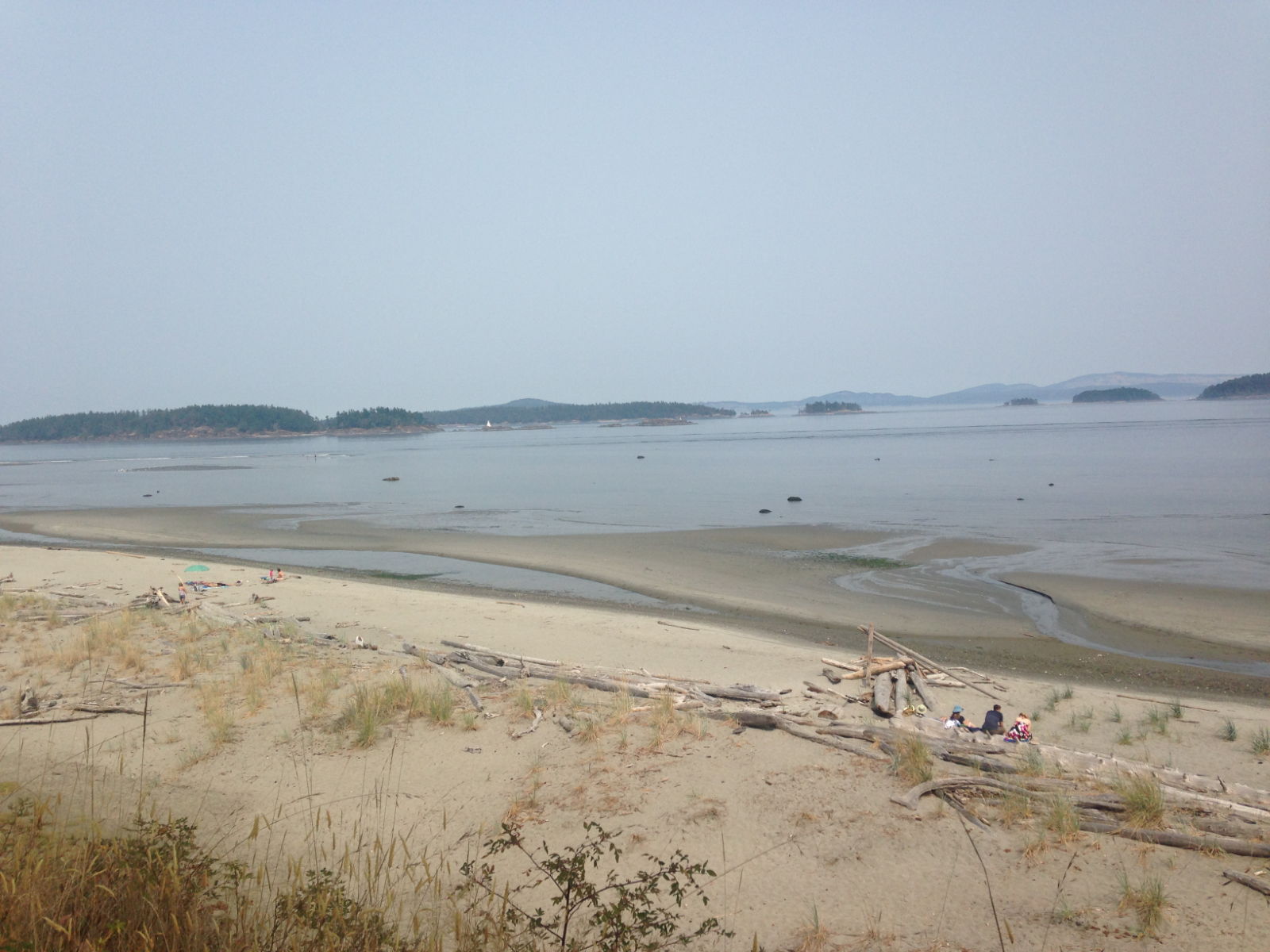
We spent two nights at Sidney and on the second day we went on another nature trail. Having spotted picnic tables the day before, we took a packed lunch with us and after parking the dinghy, set off through the forest. The only wildlife we saw was a solitary deer in a classic ‘deer in the headlights’ pose in the centre of the path. It was a lovely walk though, and the tall, red-trunked cedar trees gave off a wonderful aroma. We ate our lunch near a campsite by the old brickworks. Surprisingly, from 1906 until 1915 the Sidney Tile and Brick Company operated a thriving brick making service utilising the island’s clay. There are still lots of red bricks littering the area. Children from the campsites build towers and structures with them now.

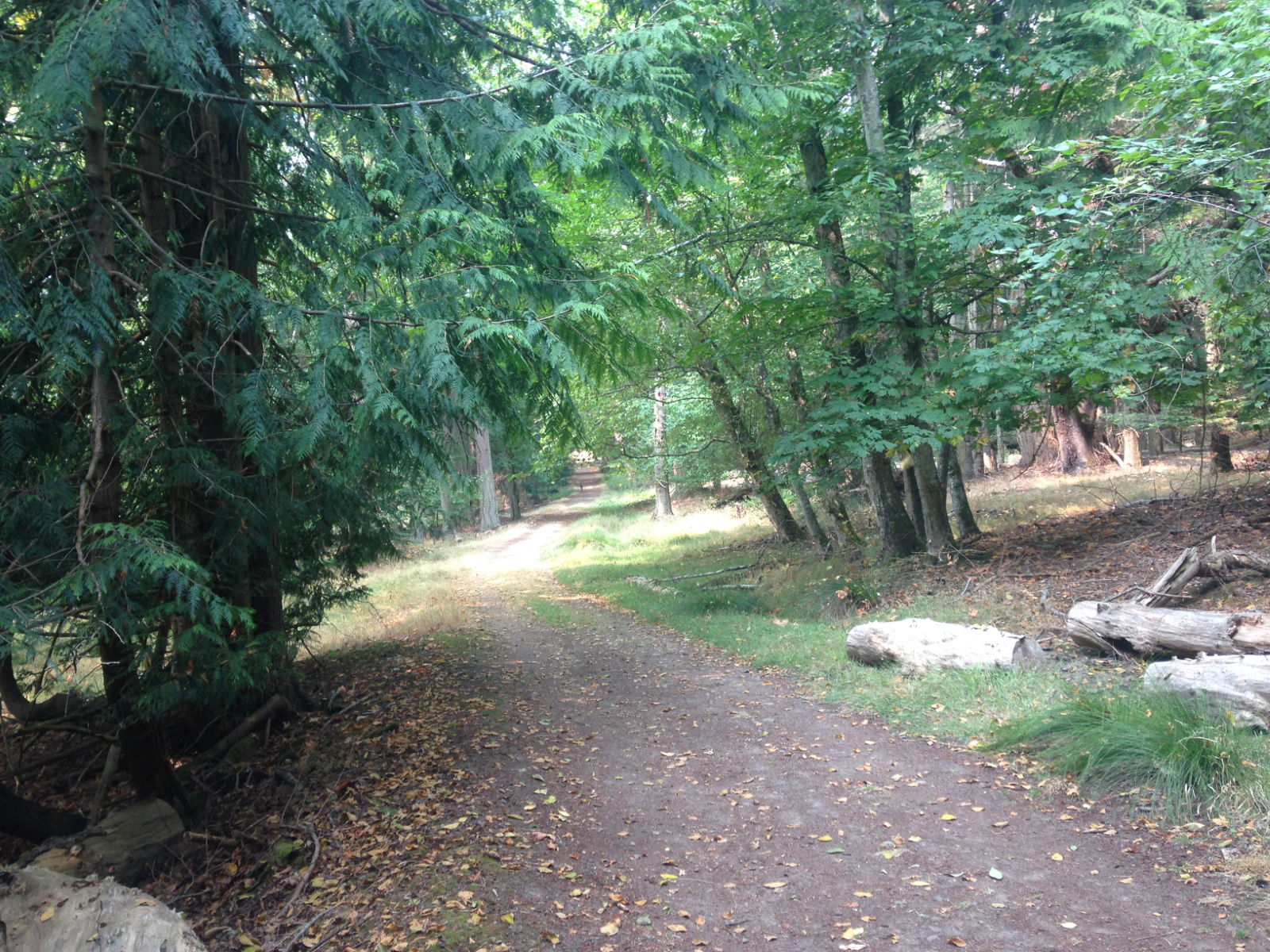
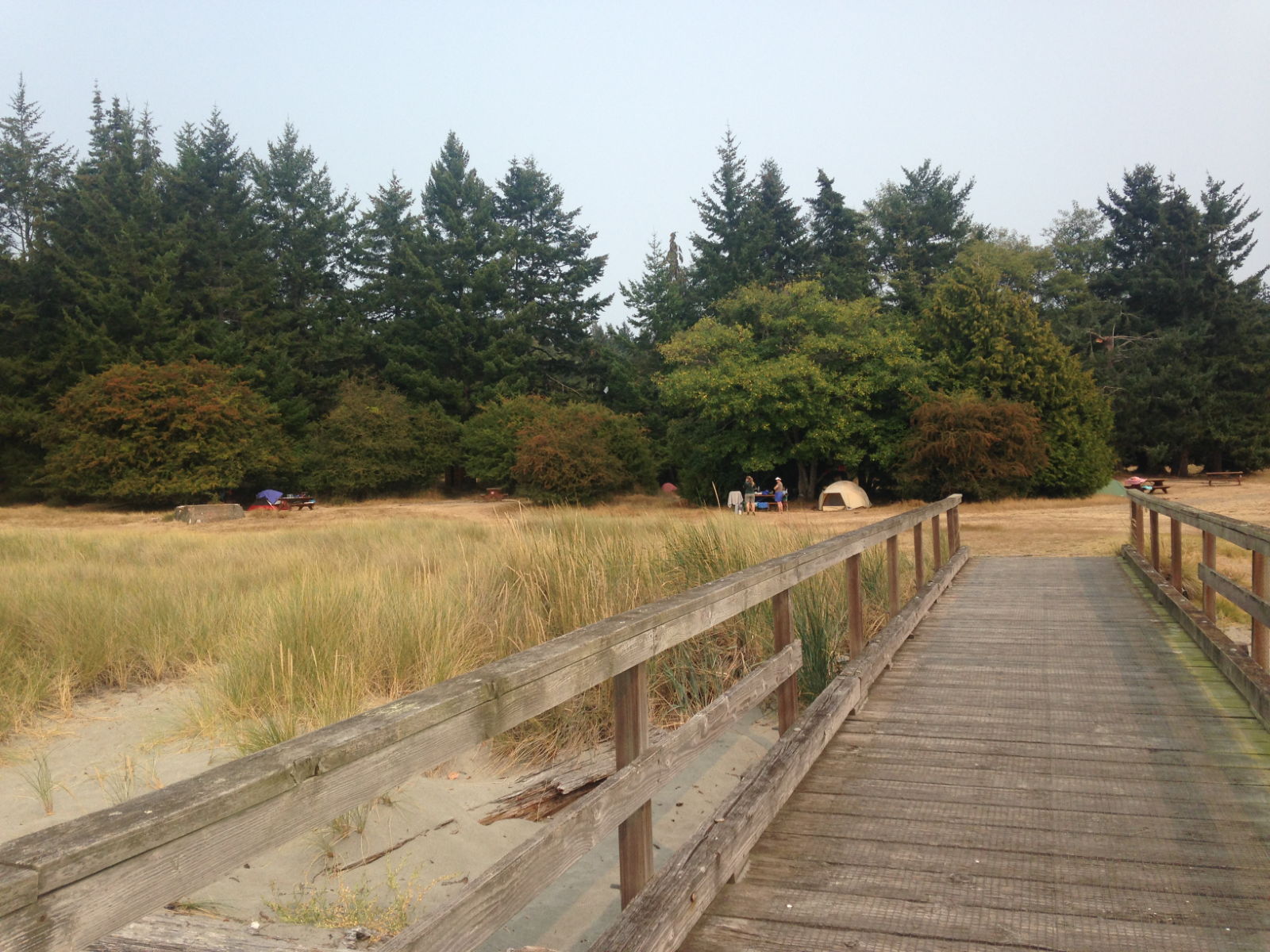
Back on the boat that evening, Paul was on the coach roof with binoculars looking at whales in the distance, their blowholes spouting water – a bit too far away to see properly but great to see nevertheless. We also saw seals diving and resurfacing in the flat calm water. I could still smell the gorgeous aromas coming from the forest on the evening breeze. No air freshener could ever capture that unique fragrance. It was a fitting evening for our last one in Canada for a while. The next day we would be travelling on to the United States.
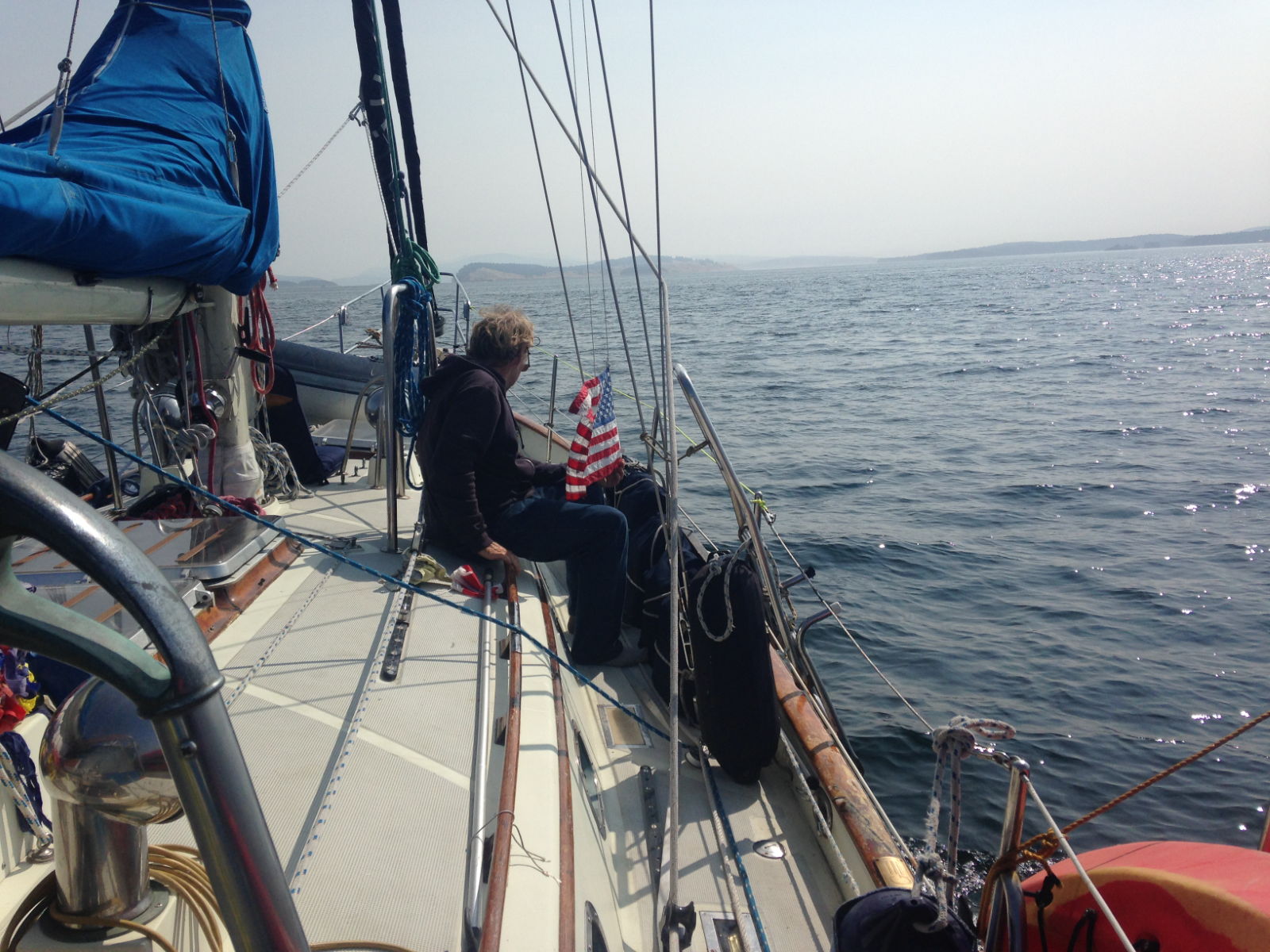
Kathy

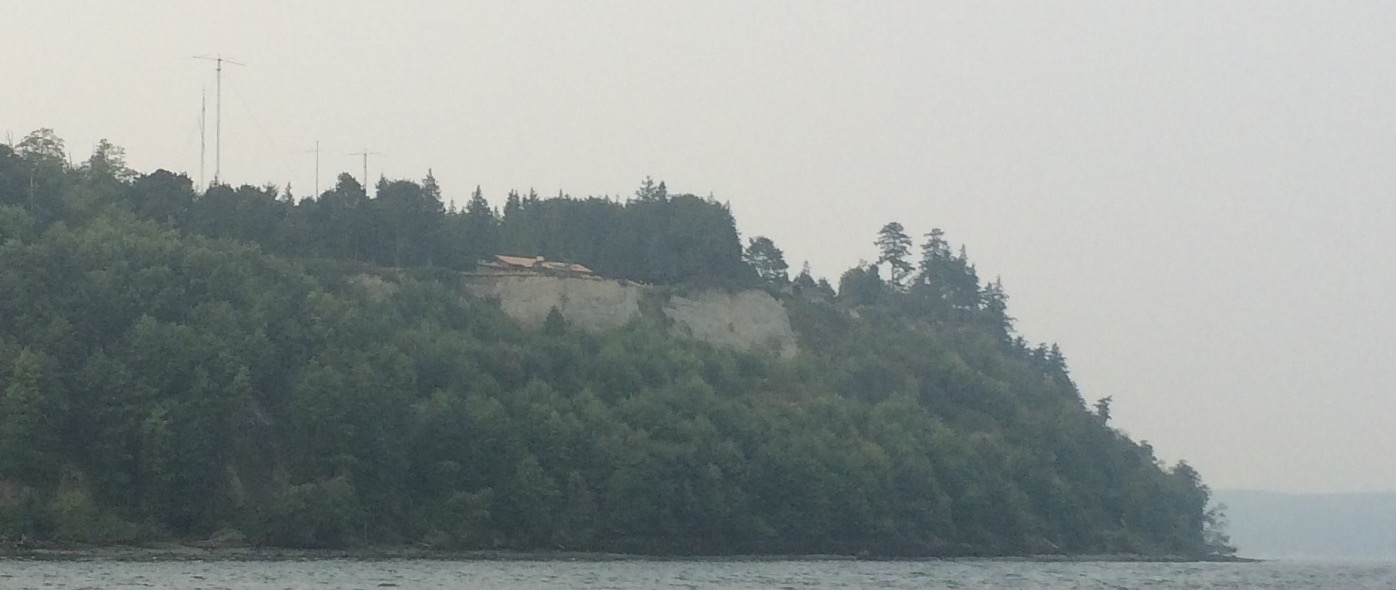
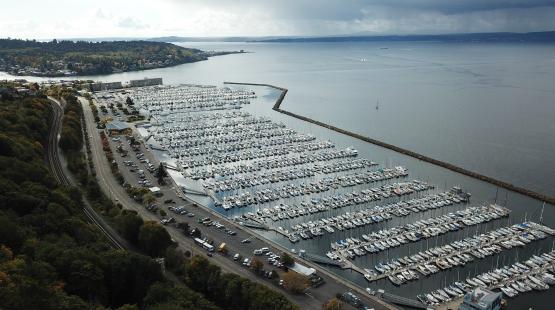 It’s a huge marina, hundreds of berths with some interesting boats
It’s a huge marina, hundreds of berths with some interesting boats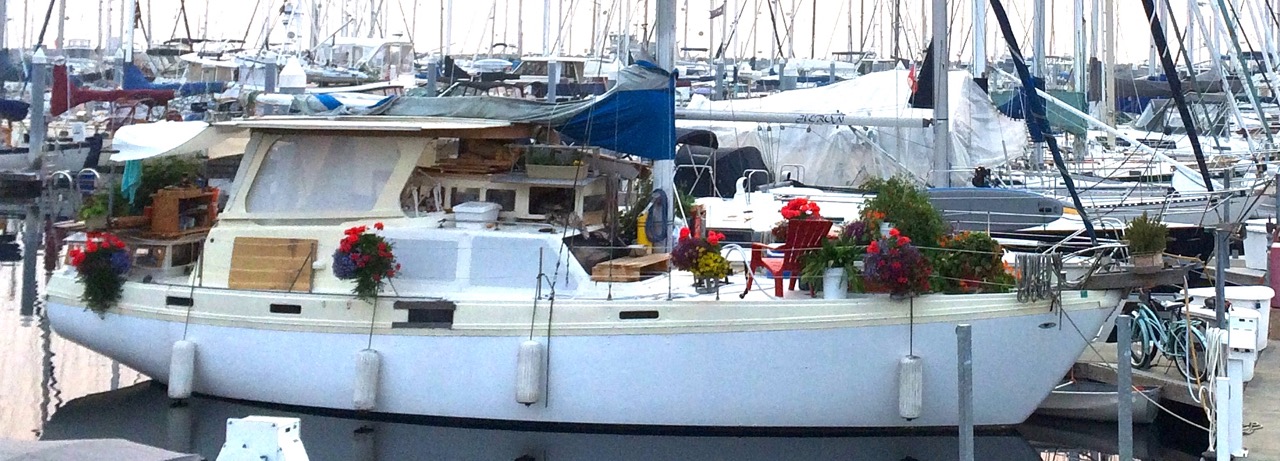 and is next to the entrance to Lake Union and Lake Washington, which you access via the Washington Ship Canal after passing up the Ballard Locks.
and is next to the entrance to Lake Union and Lake Washington, which you access via the Washington Ship Canal after passing up the Ballard Locks. 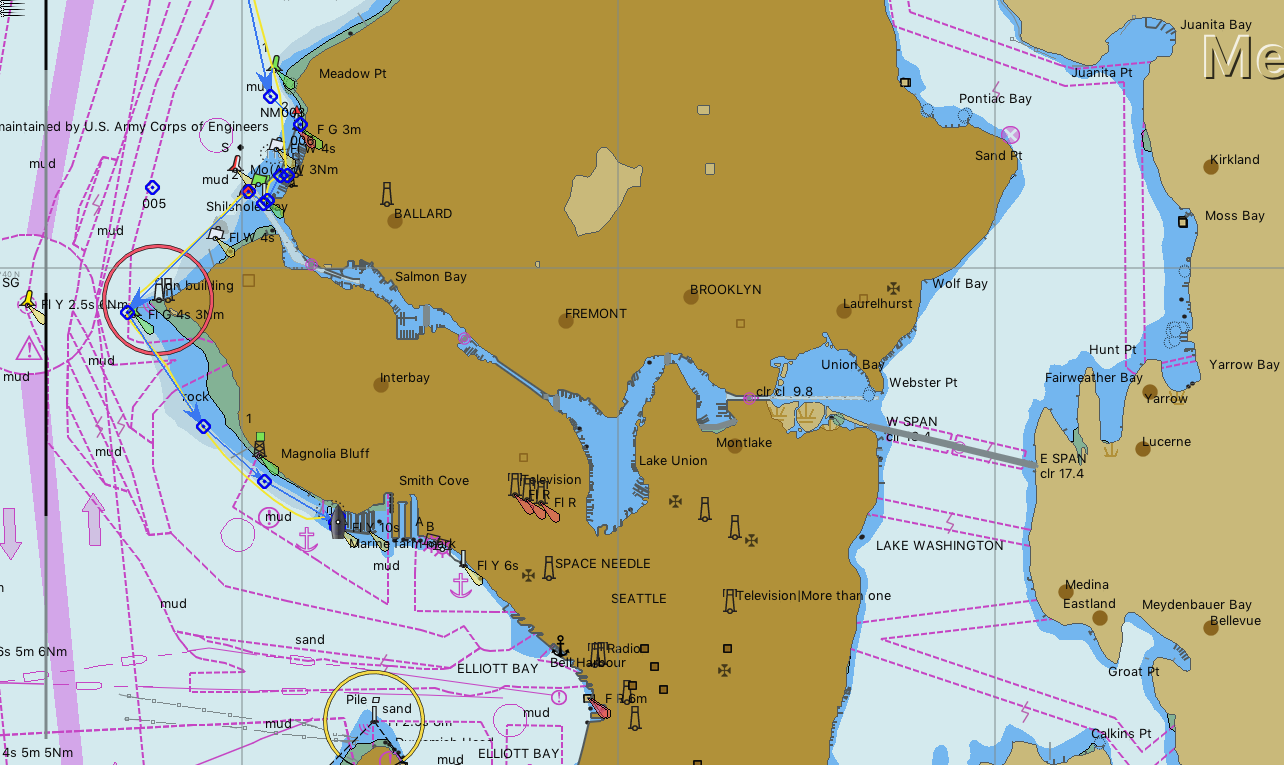
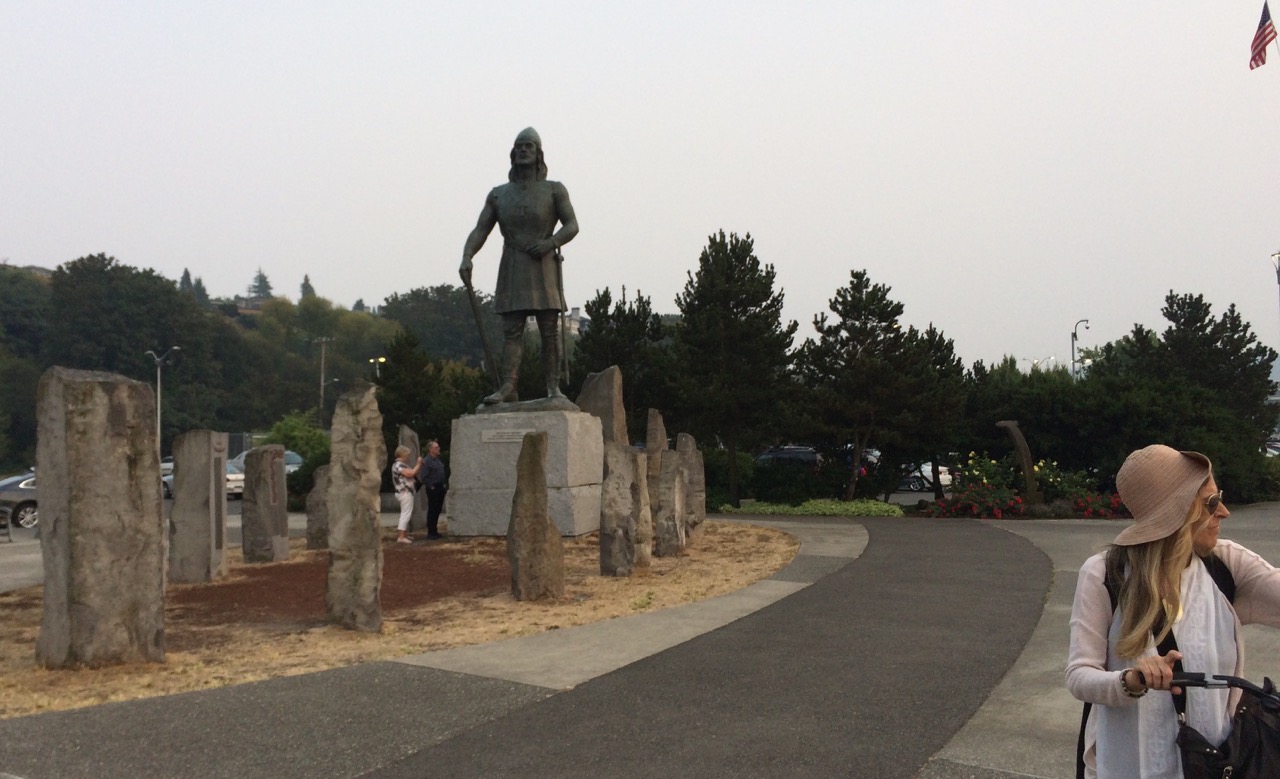
 You can also see outside the locks, many salmon waiting to enter the passage with the steps. This is a man made version of the rocky rivers and waterfalls they would normally be tackling, all built by the US Army when the canal was first created.
You can also see outside the locks, many salmon waiting to enter the passage with the steps. This is a man made version of the rocky rivers and waterfalls they would normally be tackling, all built by the US Army when the canal was first created.

 However once there we signed up for 2 weeks berthing. We cycled onto the space needle area, as we planned to spend a few hours in the Pop Music Museum there, however when we arrived it was getting late and I was surprised to see the admission fee was nearly $30 each, and I don’t even like grunge. $30 buys a lot of shackles! So we decided that Kathy would come back later in the week and spend the whole day there to get her moneys worth while I took my $30 down to the docks to see what I could find (In the chandleries).
However once there we signed up for 2 weeks berthing. We cycled onto the space needle area, as we planned to spend a few hours in the Pop Music Museum there, however when we arrived it was getting late and I was surprised to see the admission fee was nearly $30 each, and I don’t even like grunge. $30 buys a lot of shackles! So we decided that Kathy would come back later in the week and spend the whole day there to get her moneys worth while I took my $30 down to the docks to see what I could find (In the chandleries).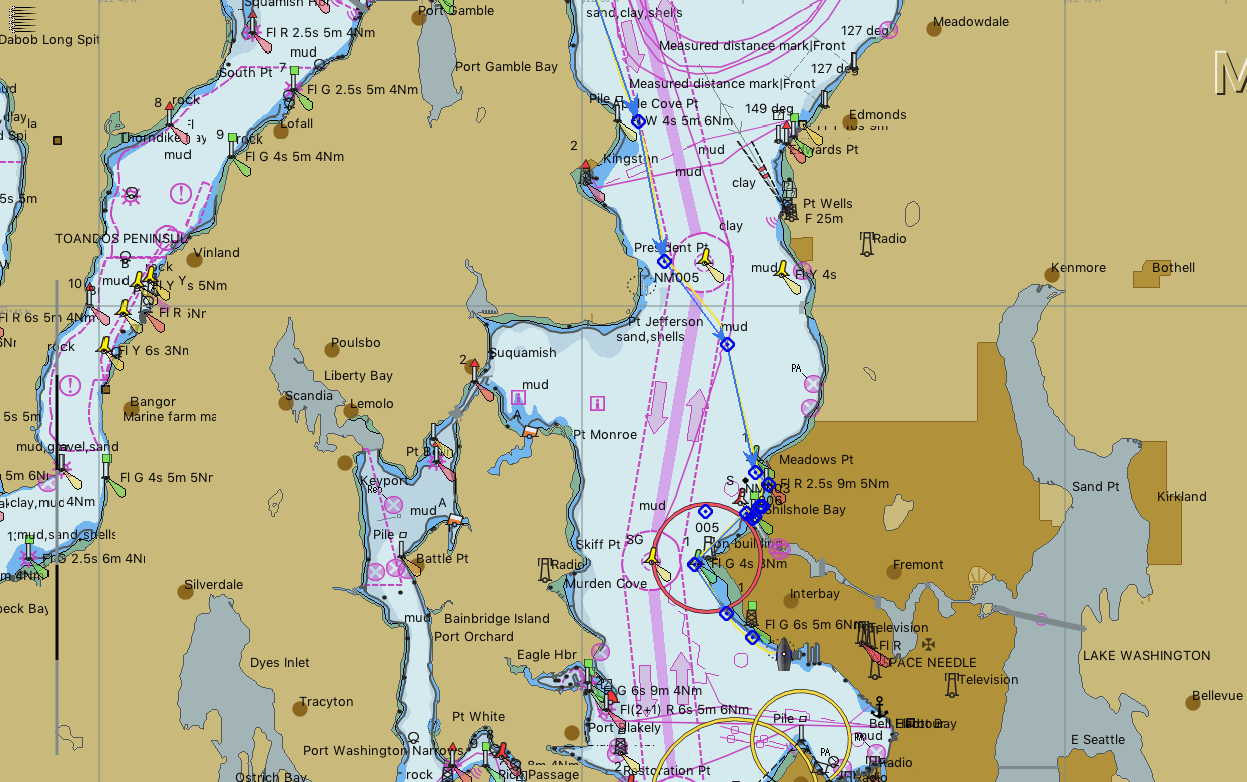 Once again I find myself in a place where I think I need a year or more to fully get to know the geography and a bit of the culture.
Once again I find myself in a place where I think I need a year or more to fully get to know the geography and a bit of the culture.